|
I've long been fascinated with mystery, devouring new theories on historical anomalies such as the disappearing cultures, evidence of historic events and the building of ancient monuments. There are as many theories as to how ancient sites such as Stongehenge were built, and are there are on theories of why they were built, but this morning I discovered an interesting new one at New Scientist.
The benefits of team building have long been known, promoting cooperation, integration and improving relations between strangers and colleagues, but could team building have been a main purpose of historic monument building? Research has shown that historic monuments have largely been built during times of stress and upheaval, and have been completed in empires with a wide variety of societal structure, including those with no clear leadership. Historical knowledge and archaelogical research have led researchers to the surprising conclusion that many famous ancient structures were built by teams involving thousands of volunteers, often coming from different regions and ethnic groups. This revelation has sparked new debate, as to whether team building could have been one of the primary reasons for our ancient monuments, or whether the benefits were a lucky side effect which has helped to create and stabilise human society during times of turmoil. Either way, it seems as though team building was a 'thing; much earlier than we realised, and it's probably something we should all consider doing more of. I wonder if, in times such as these, it's time to fix a divided society by bringing them together to build some new monuments?
2 Comments
We ran the Amazing Outdoor Isolation Race last week in Sweden, with a group of teenagers aged 13 - 18. It seemed like the perfect outdoor activity to get the teenagers busy outdoors after being in isolation for some time. We chose a location with a range of natural features, such as a group of ruined farm houses, a natural obstacle course and a large lake with prepared fire pits and seating. The location was also quite isolated, as we didn't want to be running into crowds. We gave our race a survivor style theme, focusing on important survival skills such as navigation, communication, finding food and lighting a fire. Here is a brief rundown of how everything went, with pictures.
Overall, everyone involved had a great time, and they all stated that the range of activities encouraged them to enjoy the outdoors. Only one would have agreed to do a standard hike beforehand, so the positive feedback from the other three was a big win for getting the kids outdoors. It was a great way to spend some time with the teens without them complaining...
We're waiting for summer to try out the next one, which will be based on the water tasks. We've already thought about some potential routes and locations and a few friends have expressed interest in joining. We definitely recommend that parents give this task a go, the setup would be perfect for a camping trip, short walk or even an outdoor birthday party. You can use the task cards in a number of different ways, from bringing one or two cards along when going walking or camping, to preparing and running a full amazing race for the kids and their friends.
Considerations when running a full race: Step 1: Visit the area you wish to bring your kids alone, or do some research on the features. Make sure you choose an area which is safe, with clearly marked routes and which isn't too long. We suggest racing for between 60 minutes and 2 hours, (with a break) depending on your childs age. Step 2: Read through the list of tasks and choose approximately 4 - 7 which will work well with the age of your children and the area you intend to run the race. Try to use a mix of active and leisurely challenges that take advantage of interesting terrain. Also consider whether there is sufficient access for the locations you intend to hold the race, especially if they require equipment. Print out your selected task cards, separating the parent information from the task cards. Laminate the cards if possible, to be able to reuse them. Step 3: Read through the parent information for each task. Purchase or acquire any required resources to run the race. Consider also how you wish to present the clues. If the area you are visiting is reasonably quiet, or if you have another adult on hand to assist, you may be able to place the clues ahead of time in locked boxes or tied to trees. If so, you will need the appropriate locks or rope. Step 4: Plan the route using map, visit or knowledge of the area. Take a photograph of each clue location, mark it on a map or describe how to get there. The racers will need to know where to go next. Keep the location clues you create with the relevant cards so you know where to place everything. Each activity will need a task card to be given to the team before they start, and a clue to be given to the team when they complete each challenge, to direct them to find the location of the next activity. Some activities will have built in clues to find the next one, such as finding instructions with binoculars and decoding clue cards. Step 5: If you have more than one child, or your child has a friend or family member they can form a team, otherwise you can be their teammate yourself. Step 6: If the area is reasonably isolated, and laws allow, you can set up the race clues beforehand, placing them in spots that won't be disturbed by passersby such as tree hollows or small clearings off the trail (make sure you don't leave anything behind) Otherwise (or if you don't have the time/ ability) you can hold onto the clues, follow the team/s and distribute them when they complete each task successfully. Step 7: If equipment is needed and be placed in advance by a responsible person, place it into a sturdy backpack to take along with the teams. If doing it this way you will need one set of equipment for each team. Step 8: If you don't have several teams involved to create competition, then set an an appropriate amount of challenge time to give the kids something to aim for. Included in your Amazing race party packages are a set of circular designs, which can be used in a variety of ways to decorate your Amazing Race party. Here are 5 examples of how you can use them:
In the minds of my children, the boundary between fun and boredom so often lies at the end of the device charger. Sometimes, it seems like I’m at war with the wifi - an endless series of battles to push back against this addiction to devices.
With this period of isolation, we've needed fresh air, exercise and vitamin D more than ever, but the mere mention of such socially isolating fitness endeavours such as hiking or a mountain bike ride through the bush has been met with either blunt refusal, persistent debate or the opportunity to ‘make a deal’( which generally includes the bargain of semi-willing cooperation in return for… more time on electronics. ) Well, at least they can deliver a sales pitch? So as I sat alone in the forest, enjoying the sunshine or the trickle of running water, I wondered what it would take to get my kids out and about. As I child I was surrounded by bush, and we spent hours exploring our echoes, learning how to whistle on gumleaves and finding new paths to our neighbours properties. Why were my own children so immune to nature? And when I stopped wondering, I began thinking of ways around. I continued my walk, considering the spots that could provide entertainment for children; the small beaches beside the river, the distance the current took floating leaves, the places you could swim or sunbake on a sunny day and the unusual things you could find in the scrub when you looked a little closer. I noted them down, I pondered over them, and then I turned them into a game. That weekend we ran the Amazing Isolation Race adventure, with my own teenagers and a couple of family members and friends, aged between 12 and 18 around a 6km long bush track nearby. The competition made them fierce. They struck flint, dug up worms for bait, raced through an obstacle course several times and took selfies with some local sheep. But most of all, they enjoyed being outdoors, and then asked when they could do the next one. Finally, I’d beaten the x-box. I've shared an updated version here online, for anyone else battling boredom boundaries. It's appropriate for age 6+. You can get your copy here. If you do run it yourself, please leave us a comment and/ or tag us on social media - we'd love to know how it went for your family! The Amazing Race is one of the worlds longest running and most popular game shows, and with good reason. The mix of travel, teamwork and themes appeals to a wide variety of ages, interests and abilities. Amazing Race parties have the potential to be the most unique and memorable event you or your children have ever attended, but they require a significant amount of planning and preparation to test even the most organised and creative hosts. The biggest challenge in running your own Amazing race is in adapting the format in a way which is recognisable to fans of the show, but works for your location, intended age group and dynamic. Strained relationships created under the stress of world travel, tight deadlines and difficult tasks might make for fantastic viewing, but they unfortunately don’t make for a great birthday party. Kids Clique have run hundreds of Amazing Race events across Australia and Europe and we have plenty of advice for you to consider when planning your party. While all of our parties come with a host guide and planner with specific advice to help you get organised, we have attached some general considerations below.
Format: There are a few main aspects to consider before choosing tasks for your party. 1. Will all teams follow the same route in the same order? We would generally suggest that social events such as birthdays and bachelor parties keep all teams following the same route in the same order to maximise social interaction and ensure a fair competition. This means that challenges need space and equipment to accommodate every team at once if necessary and requires careful planning and supervision to avoid cheating. Events with an educational purpose have more flexibility for teams to conduct different challenges in a different order and utilise more game elements. This style of play allows for more creative use of equipment as each task only needs to accommodate one team, but also requires careful organisation and supervision to ensure the planned routes allow for sufficient time to reset between parties. 2. Will the tasks be held across one or multiple locations? Events held along complex routes, such as across neighbourhoods or cities will require more planning as you may need to coordinate with opening hours, local transport providers and location specific requirements. Multiple location events are most suited to older teenagers and adults. Events in a single location, such as children's birthday parties or baby showers need to consider the location size and space available. 3. What is the event timeframe? We generally suggest allowing for around 10 minutes per year of age for childrens parties (including the meal break), up to a maximum of 2.5 hours for adults. It is always better to finish earlier and leave your guests wanting more. Events that go for too long can lead to exhaustion, boredom and negative memories of the event. For children this generally translates to around 3 - 5 normal challenges, 1 roadblock and 1 detour, leaving out the more complex elements of the game. For adults we suggest choosing 5 - 9 challenges, using a combination of roadblocks, detours, intersections and standard challenges, plus a fast forward option, and including other game elements such as yields and u-turns. Individual Challenge Considerations: When it comes to children, we recommend ensuring every challenge you select is geared towards fun, and don't include activities that could be difficult or frustrating. Try to avoid using challenges with set answers if possible, as it becomes easy for 'losing' teams to copy answers from those in front of them. There's nothing worse than a party filled with arguments about who is and isn't cheating! Try to have one challenge towards the end geared for catching up - this could mean a challenge type such as a pinata, where the earlier teams take more time to prepare the challenge for later teams, or a challenge where later teams can learn from the techniques of earlier teams, who complete much of the trial and error such as a stacking or building challenge or similar. The below graphic lists some considerations when choosing challenges. Food and Decorations: Our printable sets include elements designed for decoration, including place cards, cake toppers and labels using the style guide as shown below. The main colour theme is black and yellow, plus red, blue, pink and/or green. Prop suggestions
Use a world map stencil to turn the top of your cake into a world map, or have your local bakery print one of our designs in edible ink.
With the rapid spread of the coronavirus, so many of us have been thrust into a homeschooling role with no warning, planning or preparation. Whilst teachers fight to adapt to the situation, parents are thrown right in the deep end.
A few years back I was forced into a similar situation, not through a killer pandemic, but because due to school age differences after moving interstate I was faced with my children repeating a grade and a school with no interest in fixing the situation. Homeschooling 3 children with different ages, interests and abilities was a herculean task, and my fantasies of focused children sitting quietly at their desks completing sums quickly evaporated. Everything they didn’t want to do was too hard. All of them needed constant help (i.e me doing it for them) and if they weren’t busy fighting, they were equally busy complaining. It took some to figure out, but eventually I got through it, and I’d like to share some tips here for everyone going through the same situation. The most important idea I’d like to share is that what works in the classroom, may not be what works well at home. Kids often aren’t used to following school- style rules at home, and many will resist fiercely. The best way to get through this with your relationship intact is not to attempt to replicate a school environment, and to find ways to make study enjoyable and cater to your children’s individual interests. If the children are enjoying their studies they won’t even notice they’re learning. 1. Take the opportunity to get hands on Unfortunately in a classroom of 30 students, opportunities to get hands on can be limited. Much of the maths curriculum, such as geometry, measurement and finance relate more to day to day hands on tasks than to worksheets. You can kill two birds with one stone by introducing some cooking lessons into your social distancing — life skills and measurement! We did cooking once a week, encompassing a huge amount of maths, problem solving and comfort eating. Here’s how to include it:
2. Make learning Fun with family board games Every time I picked up a maths worksheet, my son would tell me it was too hard. He would spend 45 minutes complaining about completing a worksheet and 15 minutes finishing it. That was until the first game of monopoly. Suddenly a kid who would whine incessantly that he couldn’t add 2 + 2 was the resident loan shark, dealing change like nothing else. These are my favourite games and adaptions for education, your kids won’t even realise they’re learning…
3. Make use of online resources There are many curriculum aligned resources, mostly focussing on online worksheets, comprehension or games. I tend to suggest using them sparingly to keep up the interest levels and ensure they are an effective last resort to keep child/ ren occupied when you have urgent things to do. These are the sites I found most innovative and which kept the kids attention:
4. Experiment with items you have around the house.
5. Check out our range of printable fitness mysteries, stories and cards at https://www.kidsclique.net/downloads.html The last few weeks have been incredibly busy as our team juggles preparation and maintenance for the upcoming school holidays as well as preparing content for our newest product range. Every now and then we're told by parents, schools and services that they would love to run a wider variety of programs in - house, but they find there is simply a lack of planning time, money and resources available to do so. Preparing a combination of engaging content and eye - catching design is an exhausting task taking many hours and free content is often limited in scope or of poor quality. So we've stepped in and done the hard work for you. Our programs are exciting, innovative and visually appealing and have been run in thousands of schools, services and venues around Australia and base formats have been heavily tested with a variety of age groups. Our team of designers, writers and educators are working together to give children the best experiences and give you the credit. Here is a sneak peek of some of the artwork for our jungle yoga safari cards - be sure to check out our launch specials! This set will be launching next week as downloadable cards for instructors and educators. There are twenty cards in total, complete with individual yoga stories and pose inclusions. They will be joining our current range of downloadable programs including spy school, code red cards and monopoly fitness challenge!
I get a lot of questions about our giant games range so I've decided to put up a small FAQ here. If you have any questions not yet answered please let us know in the comments and we will answer them as soon as possible! Should you choose a supervised or unsupervised session? We have two options for our giant games range. Supervised sessions or free hire. Our giant games are not too complicated. Most people working regularly with children are aware of how to play games such as Scrabble and Snakes and Ladders. We don't structure our giant games sessions. Both session types allow for free play by children, so there is no difference in the way that a supervised session or a hire only would run. That doesn't mean that there is no reason to choose a supervised session, however. The benefits of choosing a supervised session are as follows: 1. Risk - As a hirer, you have full responsibility for supervision of the equipment and participants. Each giant game costs thousands of dollars to produce, and causing damage to one of the mats or custom equipment could be expensive. There have often been times we have given comprehensive safety instructions to a supervisor on duty during drop off, however by the time we return, several staffing changes have taken place, and we find children using the equipment in a manner that may cause damage or injury. Unfortunately certain people can be far less rigorous with ensuring the safety of equipment in which they have no personal financial interest or consequences. Our staff know the intricacies of the equipment, the weight limits, the do's and dont's and the capacity and take full responsibility for the equipment in supervised sessions. That said, all equipment is commercial grade and capable of withstanding the demands of large groups. In the two years we have hired out giant games in their current forms, there have only been two instances where minor damage has occurred. 2. Engagement - Our staff run hundreds of sessions of giant games each year and we have an excellent understanding of how to keep kids engaged after the initial excitement wears off. We know how to adapt rules to suit different agegroups, group sizes or timeframes and we have some creative ideas on how to use the equipment in different set ups to increase the variety on hand. Plus we are always on hand to remind participants of scoring rule clarifications. 3. Time flexibility - The games take up a huge amount of space, and must be kept sheltered from weather. Hires are almost always dropped off and picked up only at the beginning and end of the day. Sometimes it's not convenient to have such a large equipment set up left in place all day, and you want to make sure the equipment arrives and departs within a certain timeframe. In this case it is better to choose a supervised session, in which case you can guarantee that the equipment will be packed up and out of the way immediately after finishing the session. What are the space requirements? The giant games range in size from smaller 1 x 1m sized giant games to our custom creations up to 10 x 10 metres in size. Several games are indoor only, but all must be kept sheltered from weather and must be returned clean and dry. Exact games depends on location and number of children in attendance, but a standard set up for a group of 30 children includes 1 main game (snakes and ladders, trouble or monopoly fitness), 2 secondary games (guess who, cluedo, candyland, scrabble or twister) and 3 smaller games (pick up sticks, jenga, connect 4, battleships The games and size requirements are as follows: Snakes and Ladders 8 x 8 metres - Outdoors OK (no dirt or mud) , Equipment does involve minor climbing so soft landing surface preferred for safety reasons. The weight of the equipment means it is resistant to wind but must be moved immediately in case of rain. Trouble 8 x 8 metres - Outdoors OK (no dirt or mud), Any surface. Cannot be played in wind. Equipment will not be damaged by rain, but needs to be dried if wet. Monopoly Fitness 10 x 10 metres - Outdoors OK (no dirt or mud). Gameplay involves exercises so soft surface preferred for safety and comfort. Cannot be played in wind. Equipment will not be damaged by rain, but needs to be dried if wet. Guess Who minimum 5 x 10 metres - Indoor only Scrabble 6 x 6 metres - Indoor only Candyland 5 x 8 metres - Outdoors OK (no dirt or mud). Spinner not suitable for use in windy conditions but can be replaced with dice if necessary. Cannot be played in wind. Equipment will not be damaged by rain, but needs to be dried if wet. Cluedo 5 x 8 metres - Outdoors OK (no dirt or mud). Cannot be played in wind. Equipment will not be damaged by rain, but needs to be dried if wet. Twister 4 x 4 metres - Outdoors OK (no dirt or mud). Cannot be played in wind. Equipment will not be damaged by rain, but needs to be dried if wet. Battleships, Jenga, Connect 4, Pick up sticks less than 1 x 1 metre each - Outdoors OK (no dirt or mud). Equipment cannot get wet. Connect 4 cannot be played in wind. How long does it take to set up and pack down? Giant games is a large equipment based workshop, with a lot of components. The set up time depends on the parking and access available, but generally takes 30 - 45 minutes if there is a place to unload within 20 metres of the setup location without any impediments to trolley access. If the location is further away it could take up to 1.5 hours. If there are any major access impediments (stairs, narrow entrances or lack of suitable parking) please discuss with us prior to booking as the session may not be suited to your location, or cost may be increased to allow for extra staff to help lift equipment in places where trolleys cannot be used. The space where your session is to be held will not be accessible during set up or pack down as heavy equipment needs to be moved around. Please ensure set up and pack down time is allowed for when booking giant games sessions as access delays could affect play time available. How long does a session run for? 1. Supervised sessions Playtime for a half day session is generally 1.5 - 2.5 hours depending on access. For a morning session we aim to arrive at 7.30am in order to have the equipment ready by 8.30am for free play. We commence pack up between 11 and 11.30am depending on access with the aim to leave prior to 12pm Afternoon sessions have expected arrival at 12.30pm, ready for play by 1.30pm. Pack up commences at 4pm to leave by 5pm. The giant games can have approximately 50 - 60 children playing at one time. Younger children will generally play for a maximum of 60 - 90 minutes and older children will generally play for a maximum of 90 - 120 minutes. If you anticipate more than 60 children in attendance, we would suggest booking an afternoon session, as the session can always stay set up for longer if needed to allow for 2 groups i.e 1.30 - 2.30pm for younger students then 2.30 - 4.30pm for older children. 2. Hire only sessions Hire sessions may be half day or full day, depending on the size of the group and our bookings schedule. Our instructors will generally drop off equipment first thing in the morning, run workshops throughout the day and pick up the equipment their other bookings are completed. This helps us keep costs down on hires. Groups of less than 40 are guaranteed a half day session, but may be designated full day if staff have other bookings. Groups of more than 40 will be booked in for a full day hire. Full day hire pick up is between 3pm and 5.30pm. 3. Commercial sessions Multi day supervised sessions in single locations such as events or commercial and retail premises allow for 6 hours of supervised hire with one staff member, including a 30 minute break. How much does it cost? Supervised sessions: $13 + GST per child per half day session. Minimum charge $429. Bookings of more than 60 will be offered extra time depending on expected and final numbers. Per child hire sessions: $10 + GST per child per half day session. Minimum charge $330. Number of games and hire length will be customised to suit your group Private hire - small groups or events such as weddings or birthday parties - Standard kids package $300 + GST (1 main game, 2 medium games, 3 smaller games); Small package $150 + GST (1 medium game plus 3 smaller games); Individual Games from $50 + GST Commercial fixed rate daily hire: $790 + GST - 6 hour hire of standard package (1 main game, 2 medium games, 3 smaller games) Commercial multi - day hire: $790 + GST per weekday includes 1 staff member for 6 hours, with 5.5 hours maximum event time. Extra staff $250 + GST per additional supervisor per day. Weekend/ Public holiday rate add $150 + GST per day Fundraisers: Please contact us with details of your event, expected attendance and fundraising goals. Rates commence at 25% of revenue raised. What are the terms of hire? Please see our terms and conditions tab in the above menu |
Archives
June 2020
Categories |
|||||||||||||||||||||||||||||||||||||||||||||||||||||||||||||||||||||||||||||||||||||||||||||

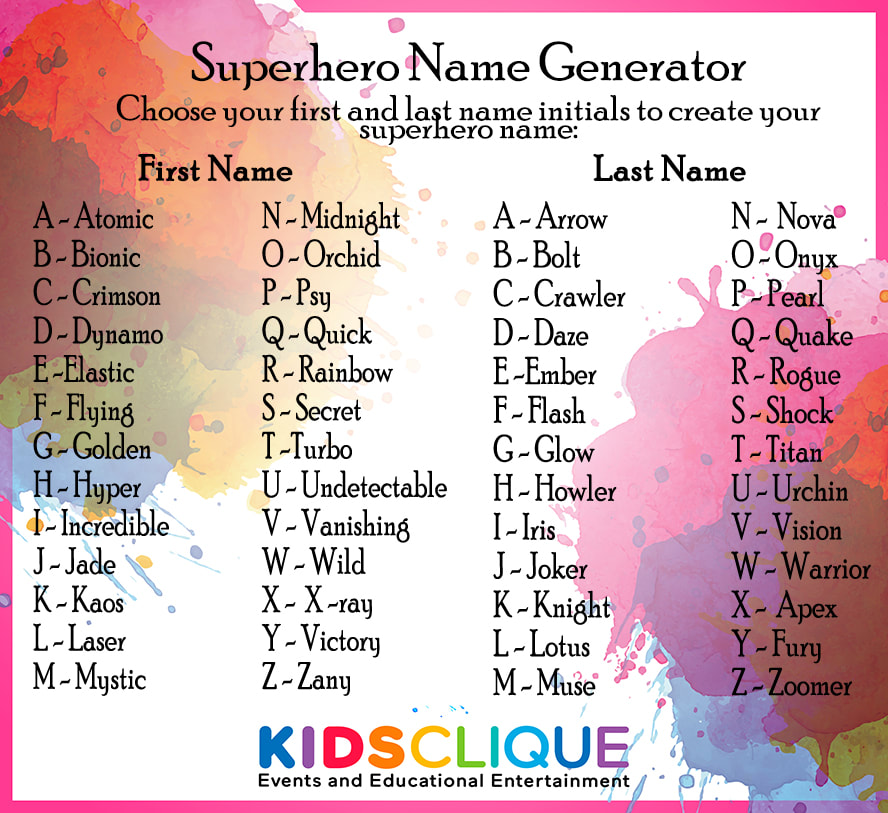

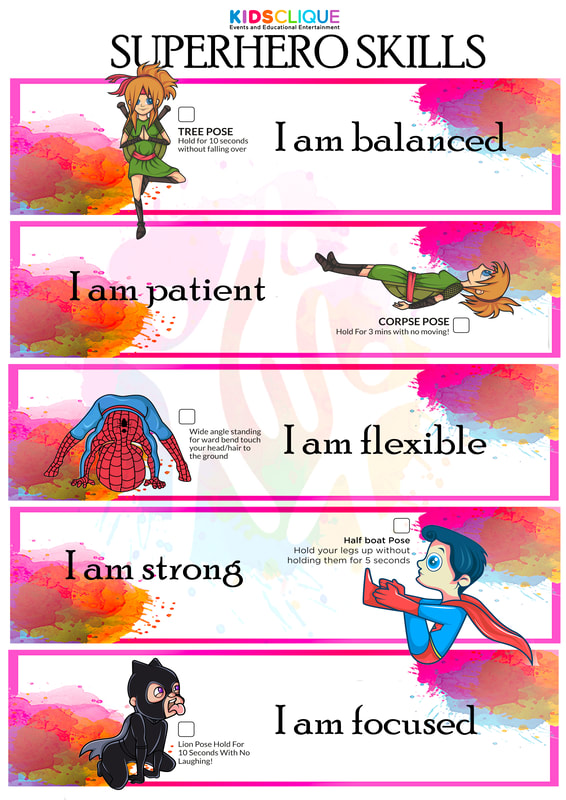
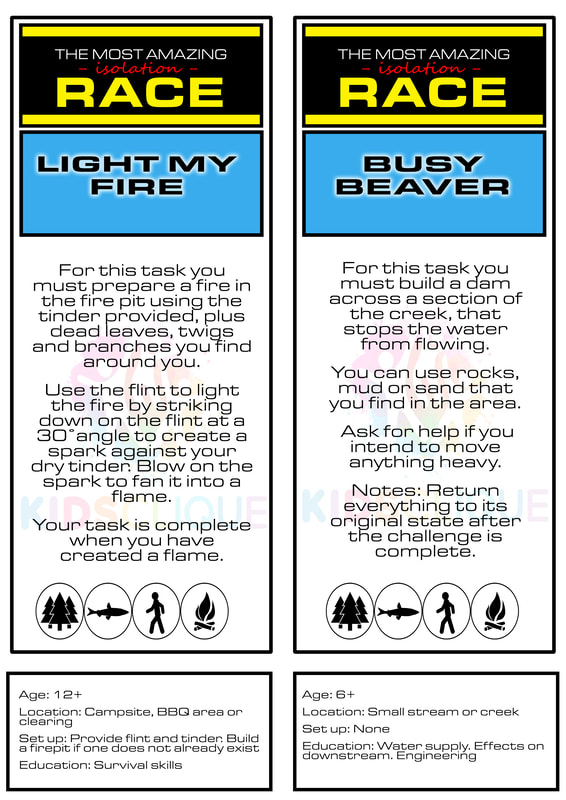
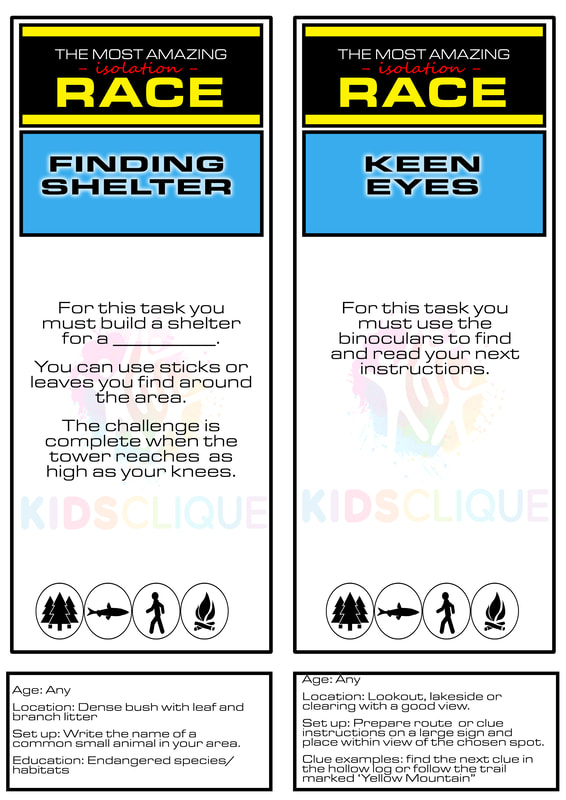
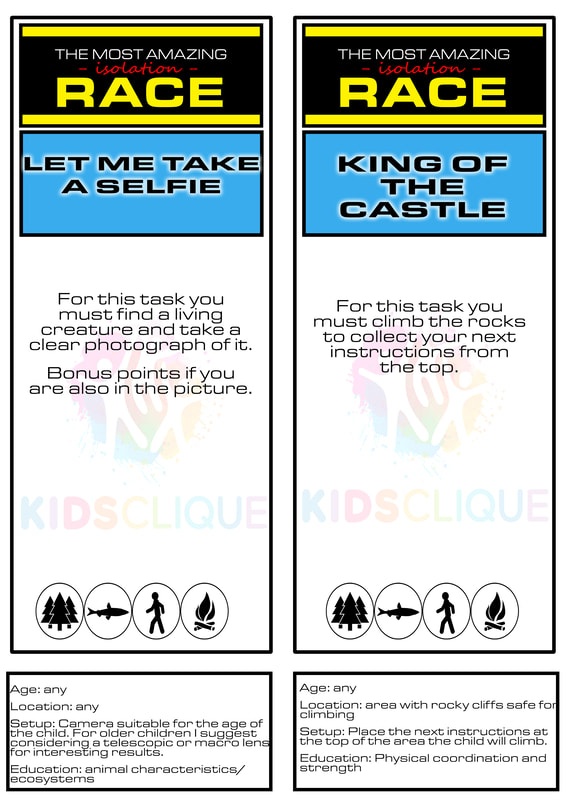
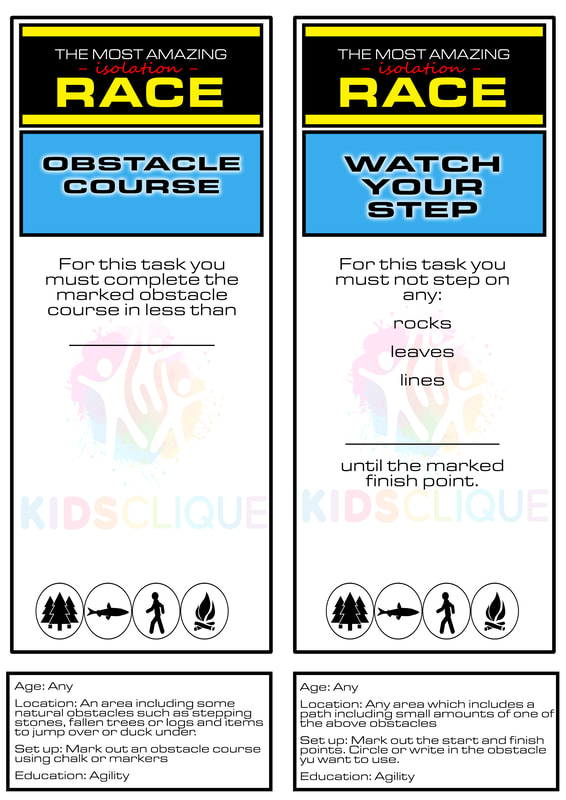
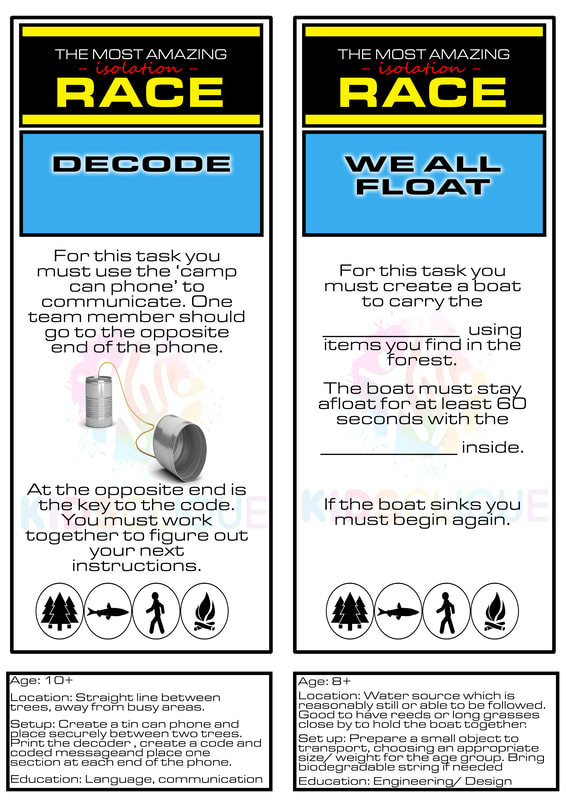
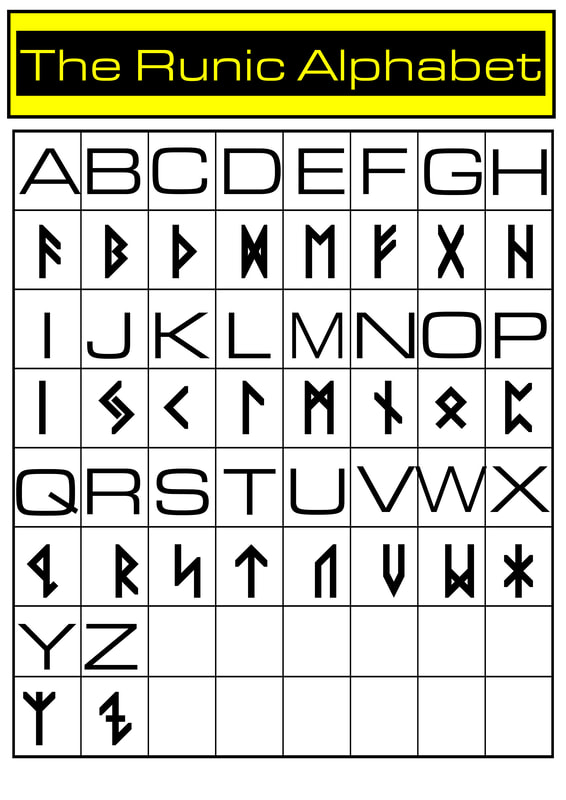
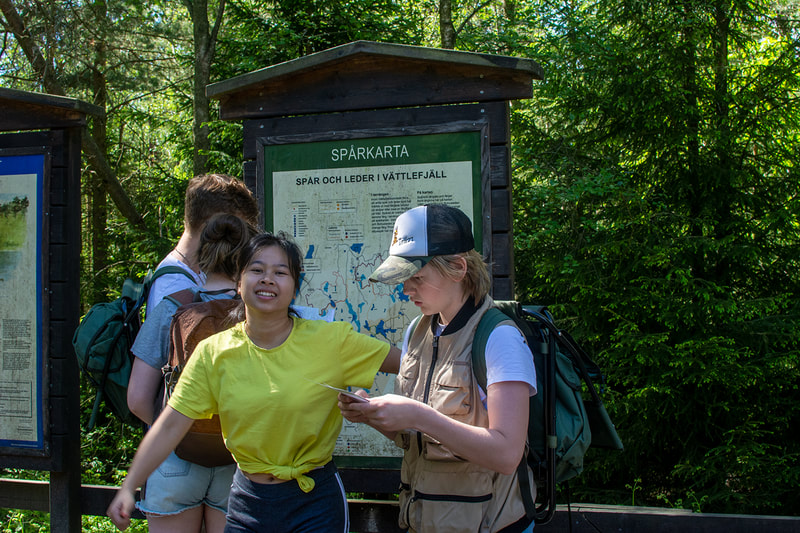
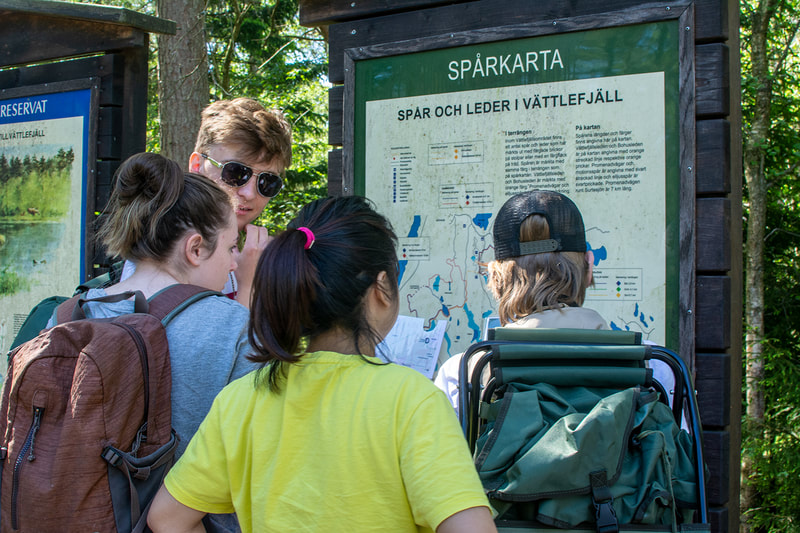
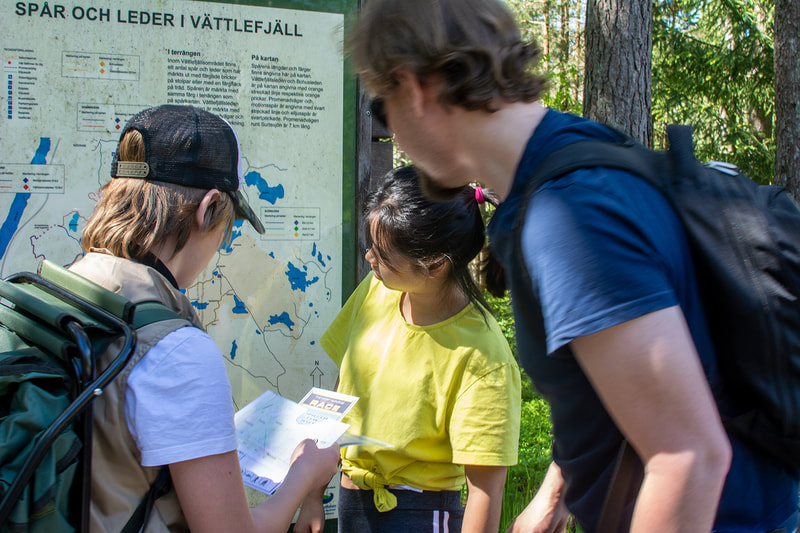
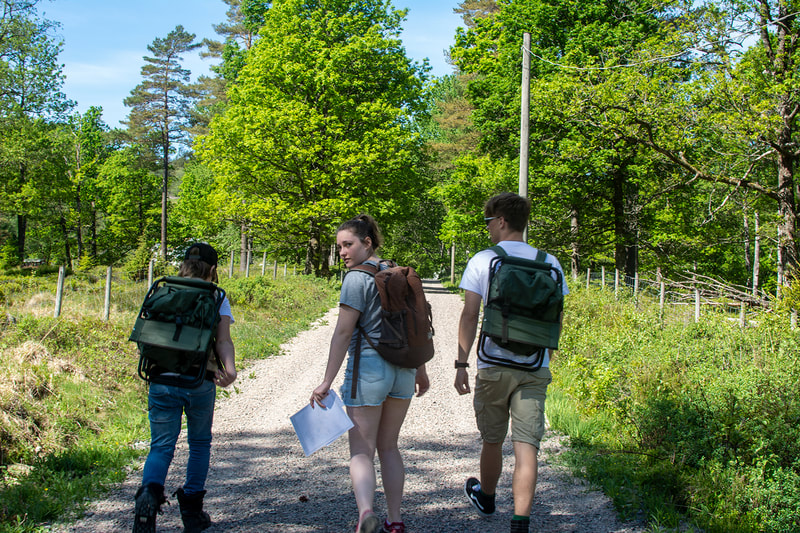
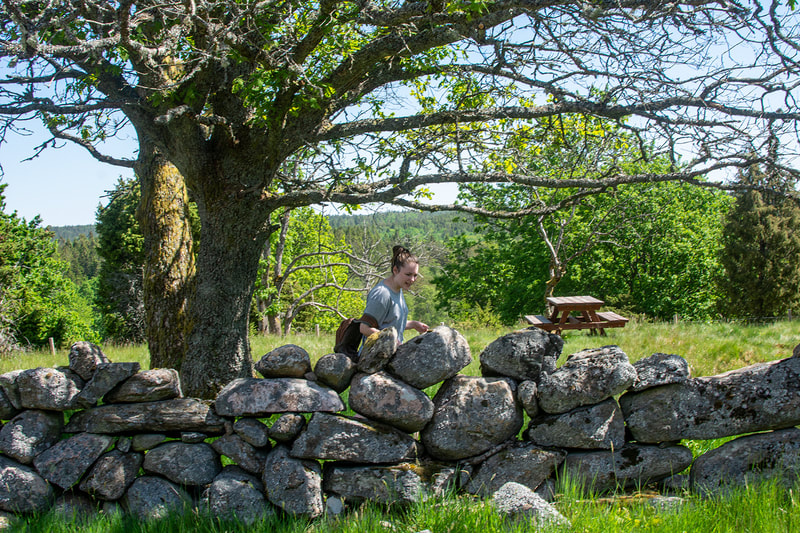
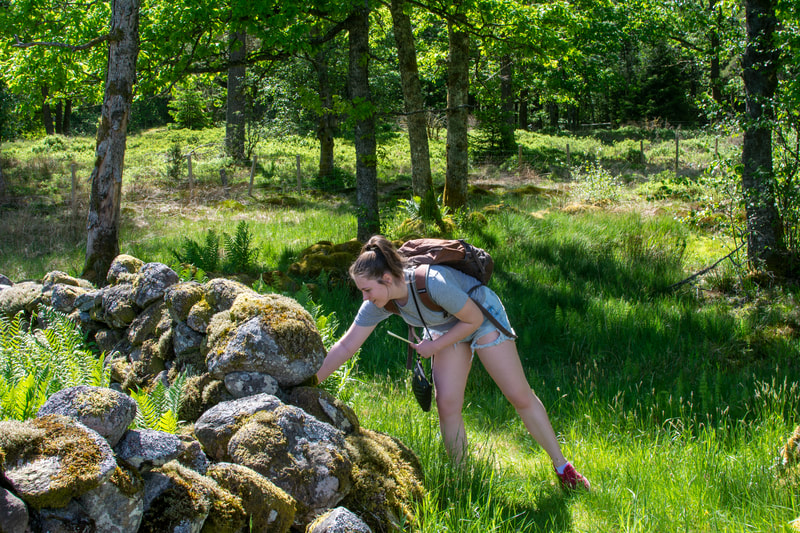
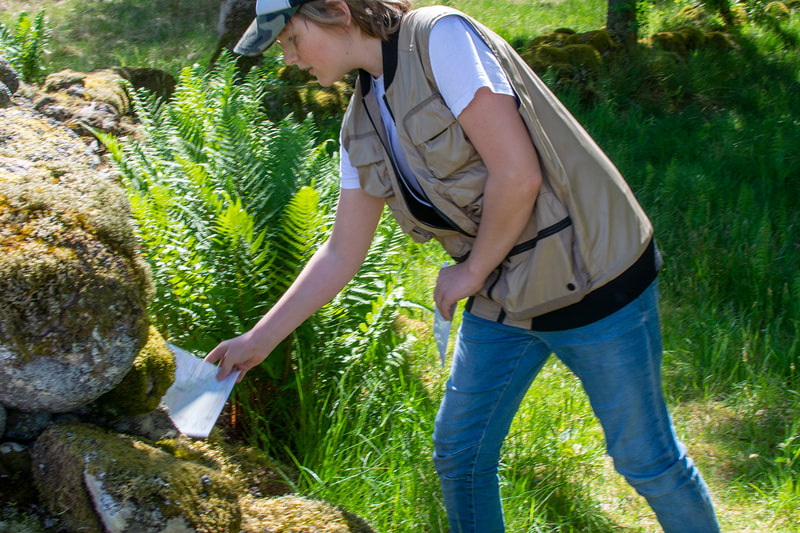
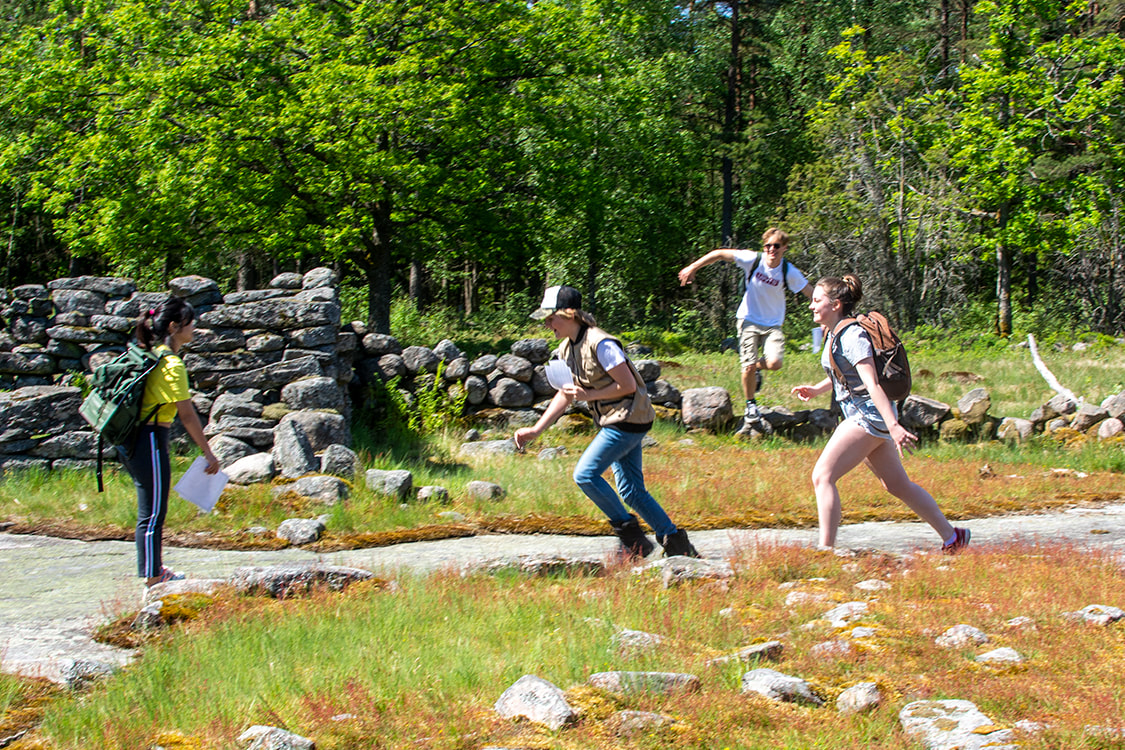
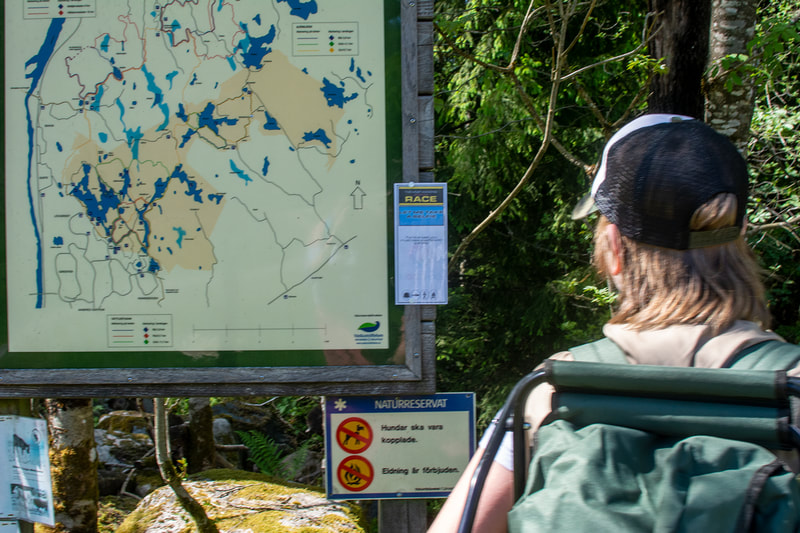
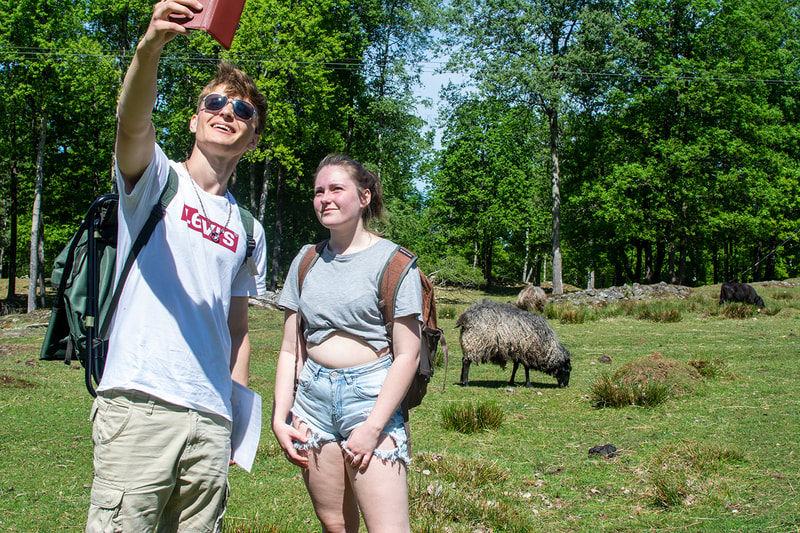
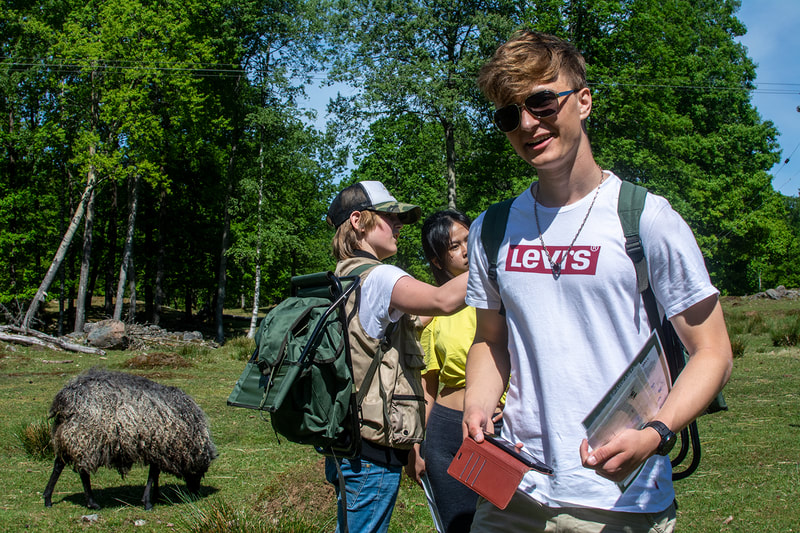
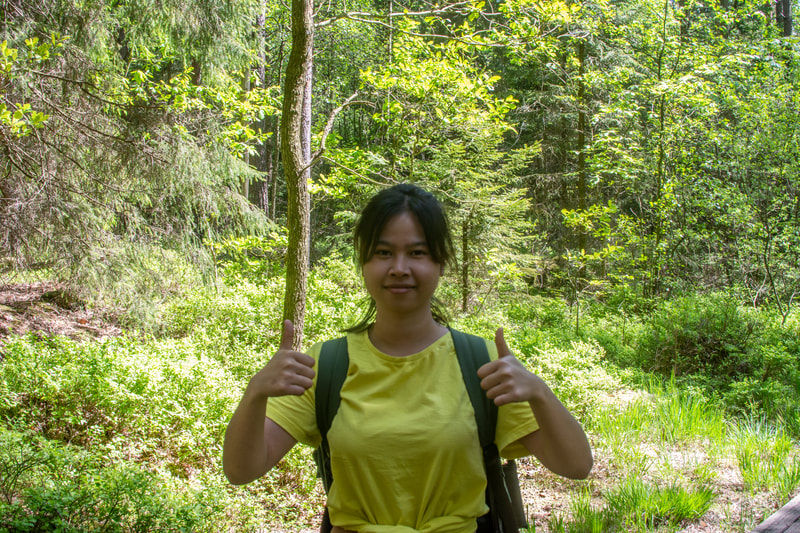
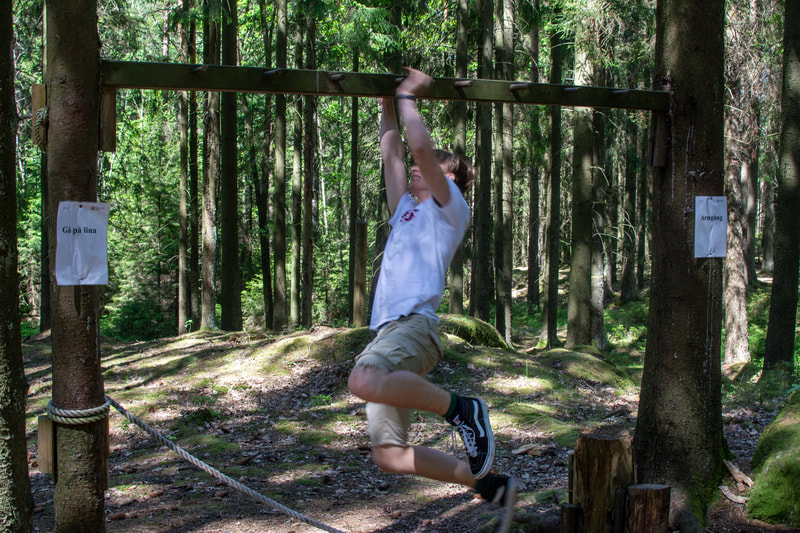
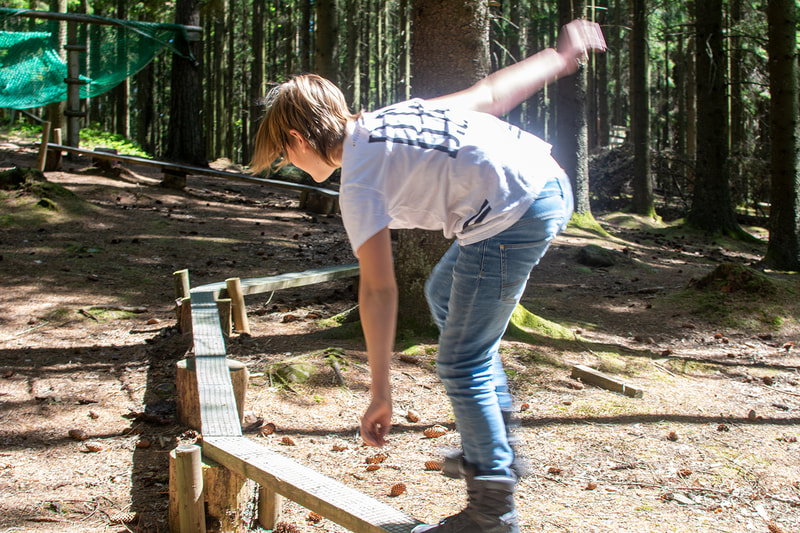
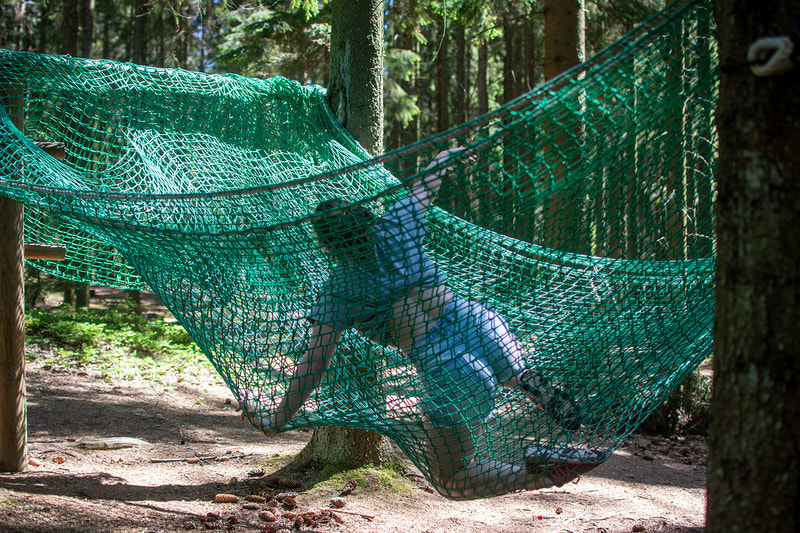
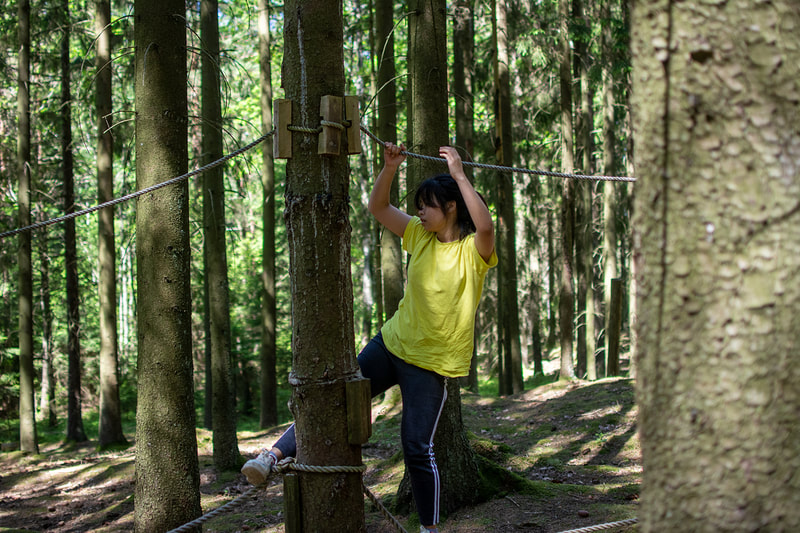
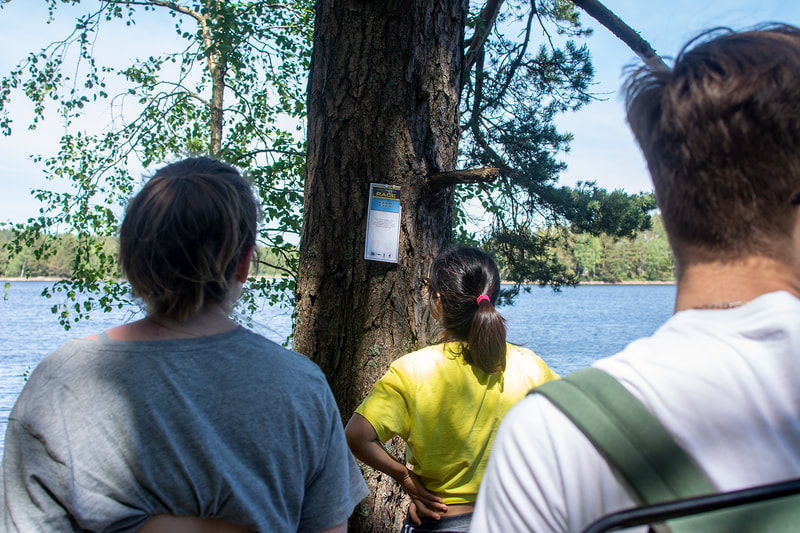
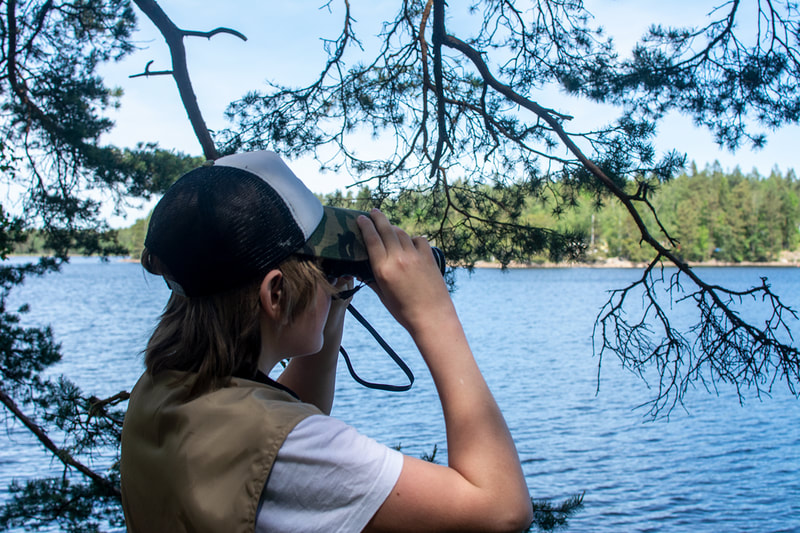

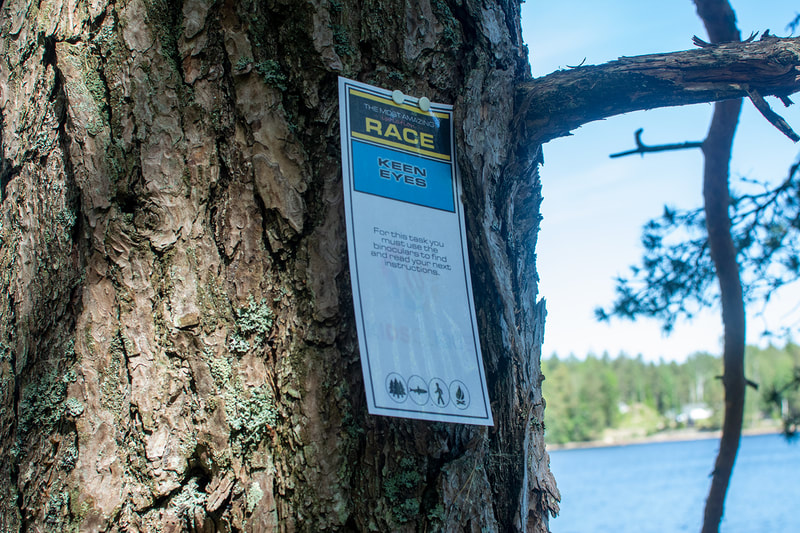
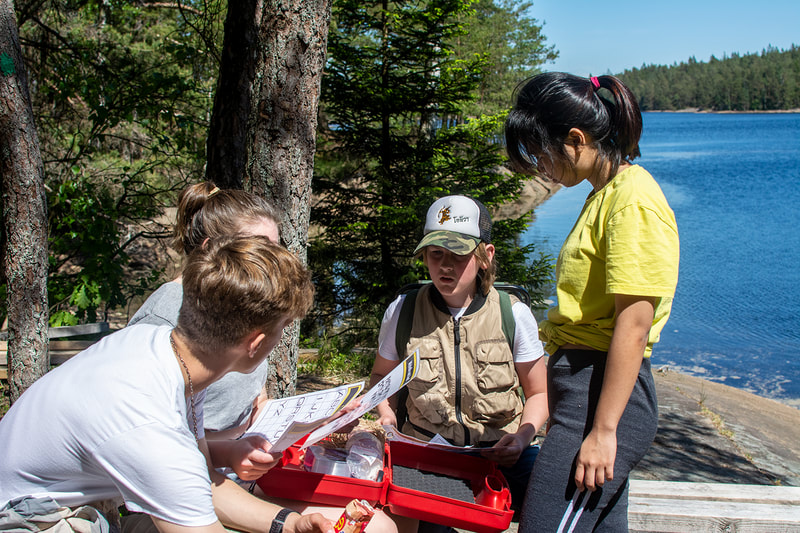
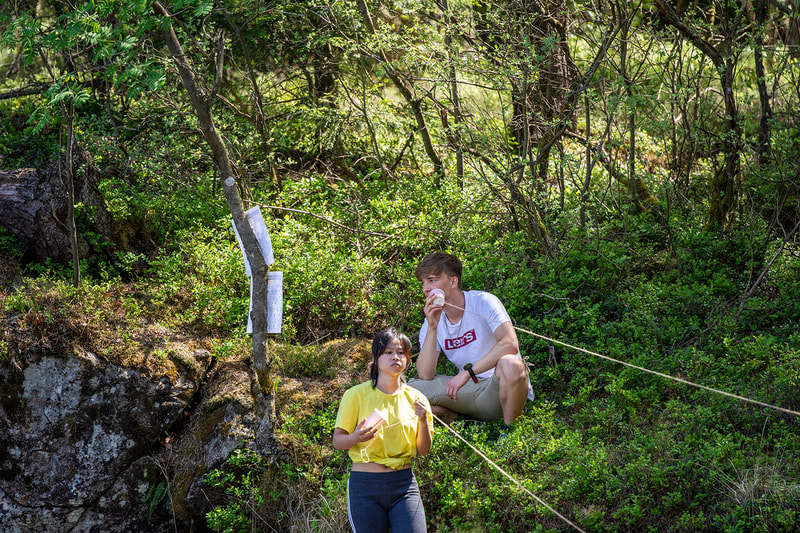
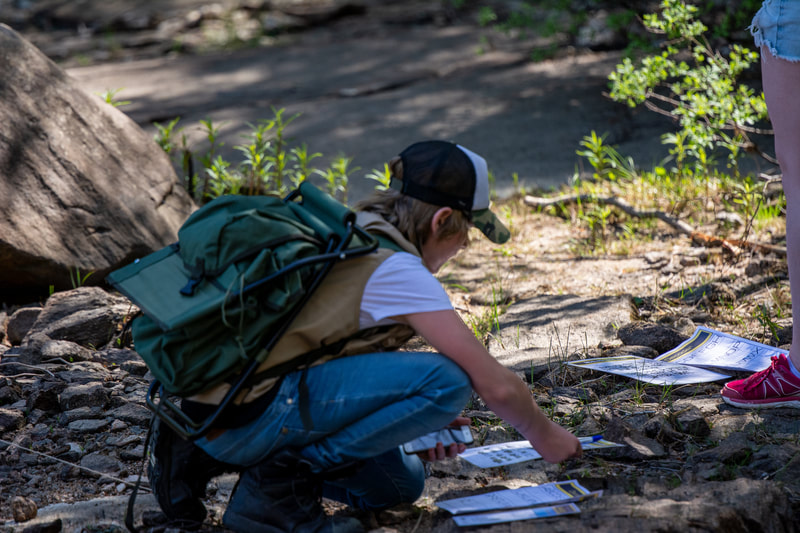
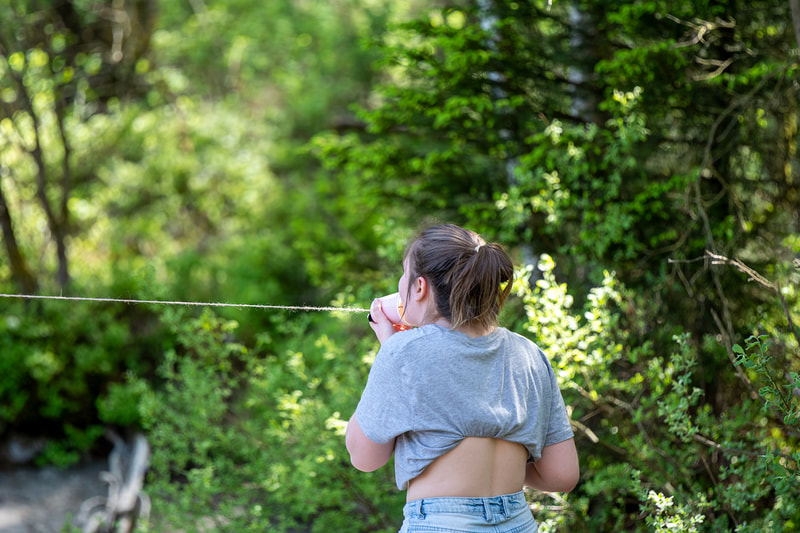
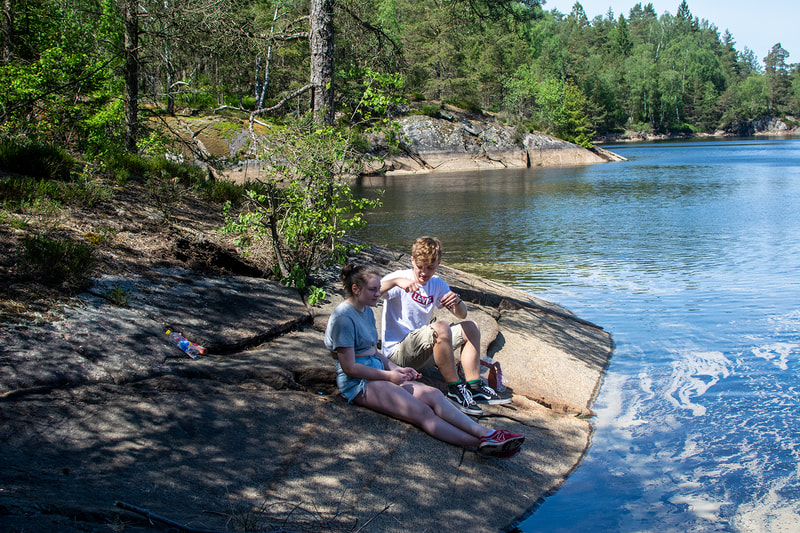
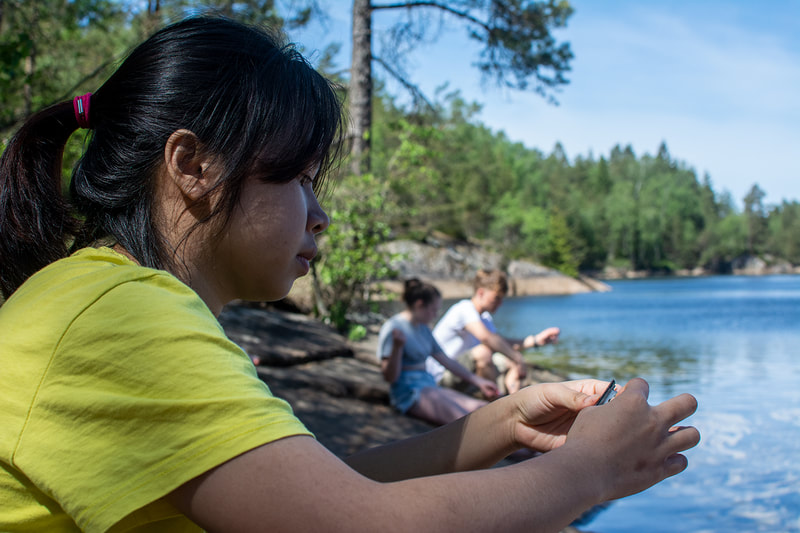
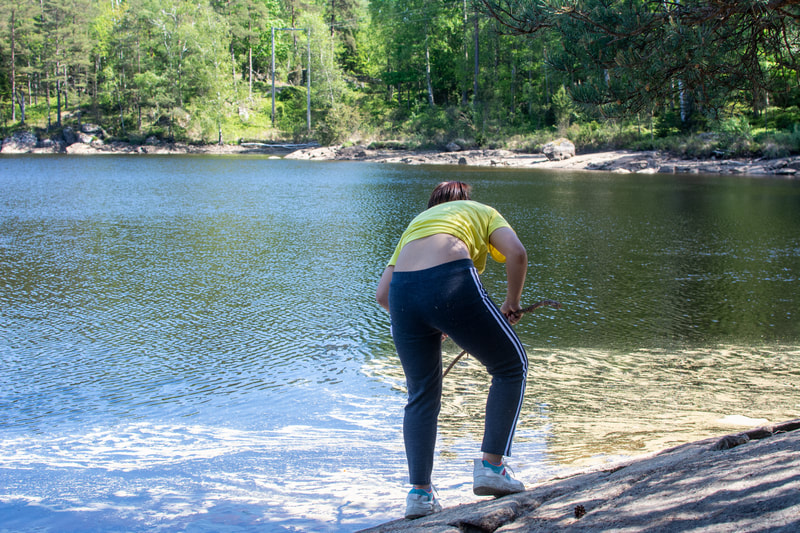
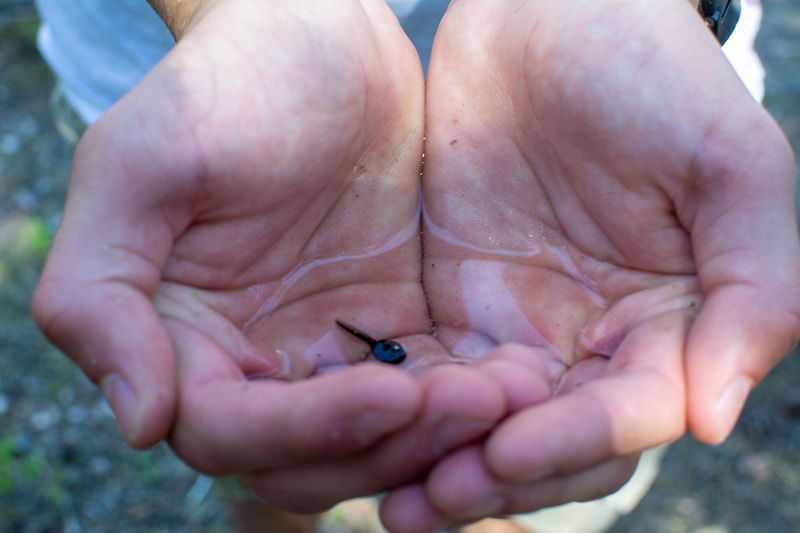
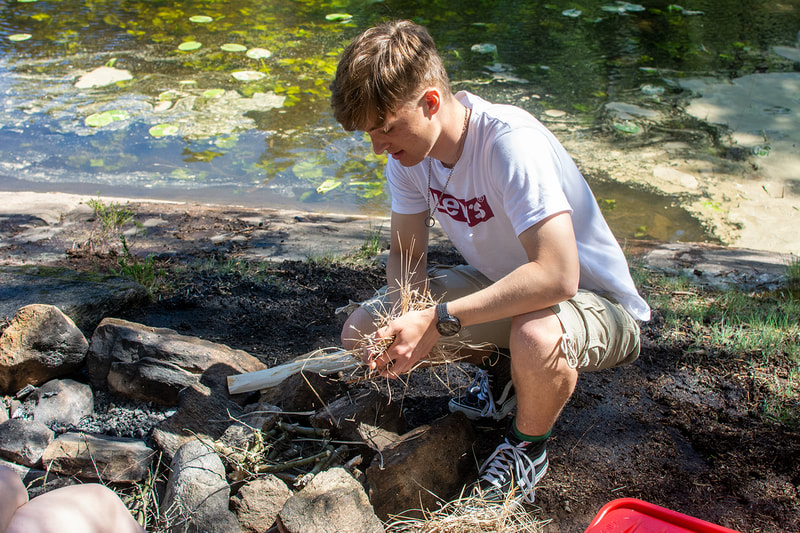
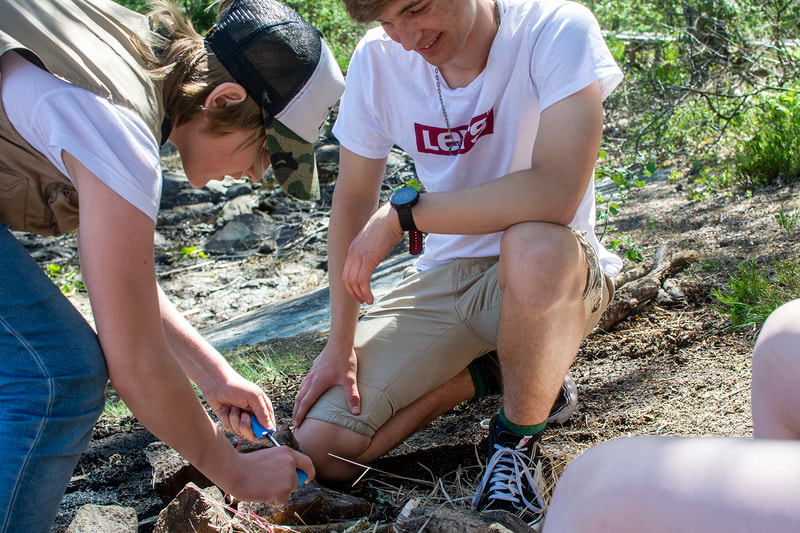
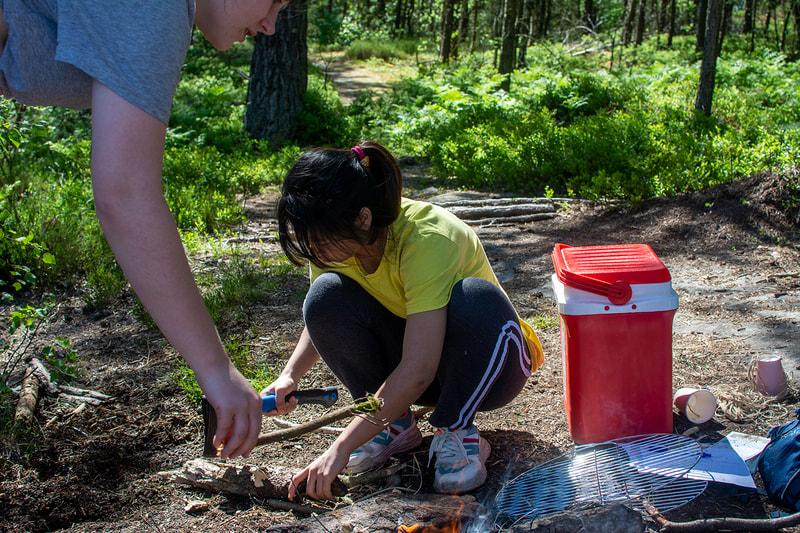
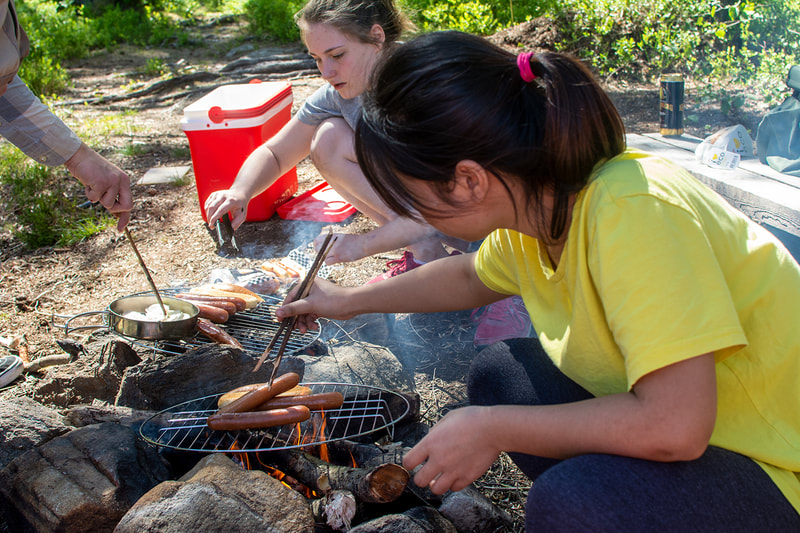
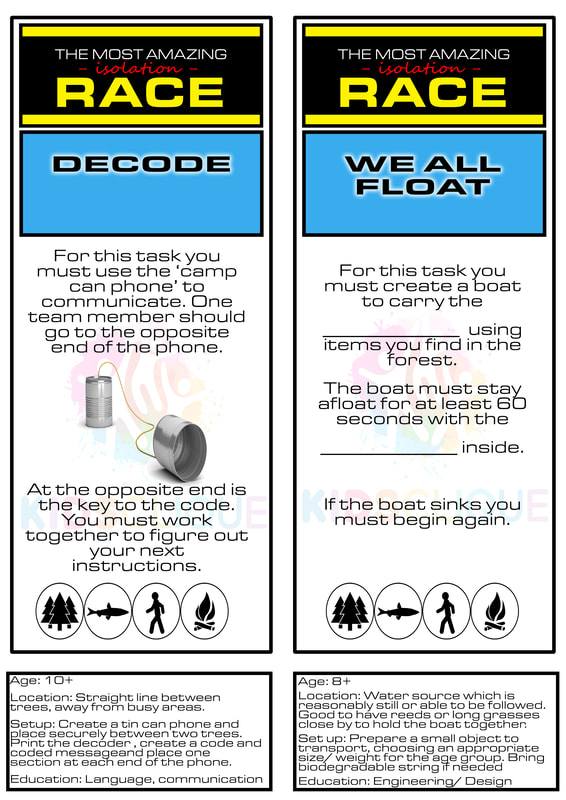
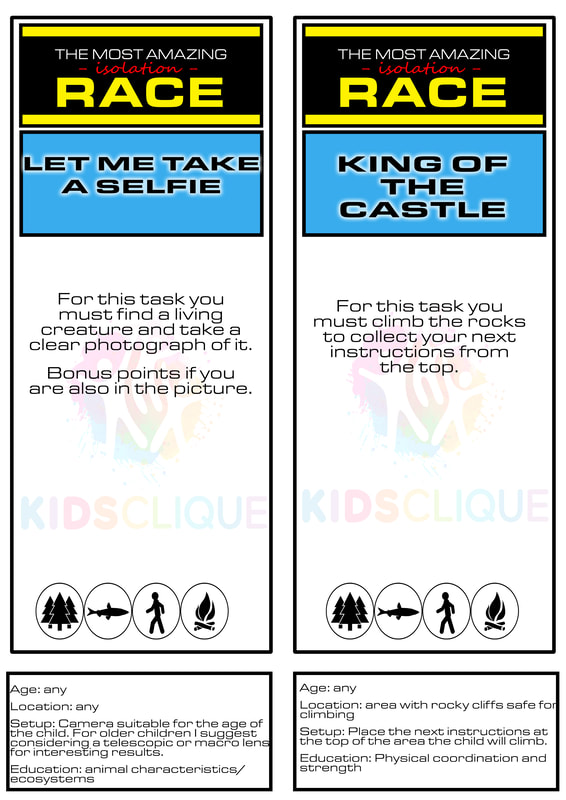
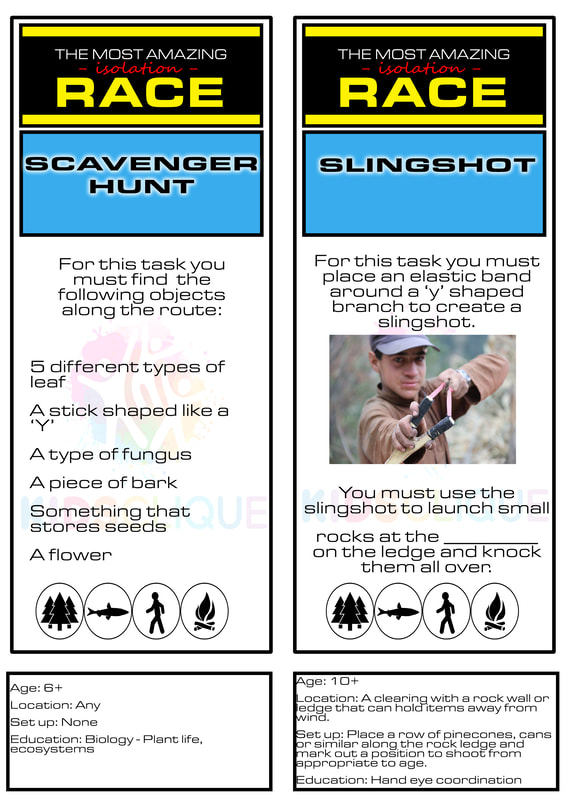

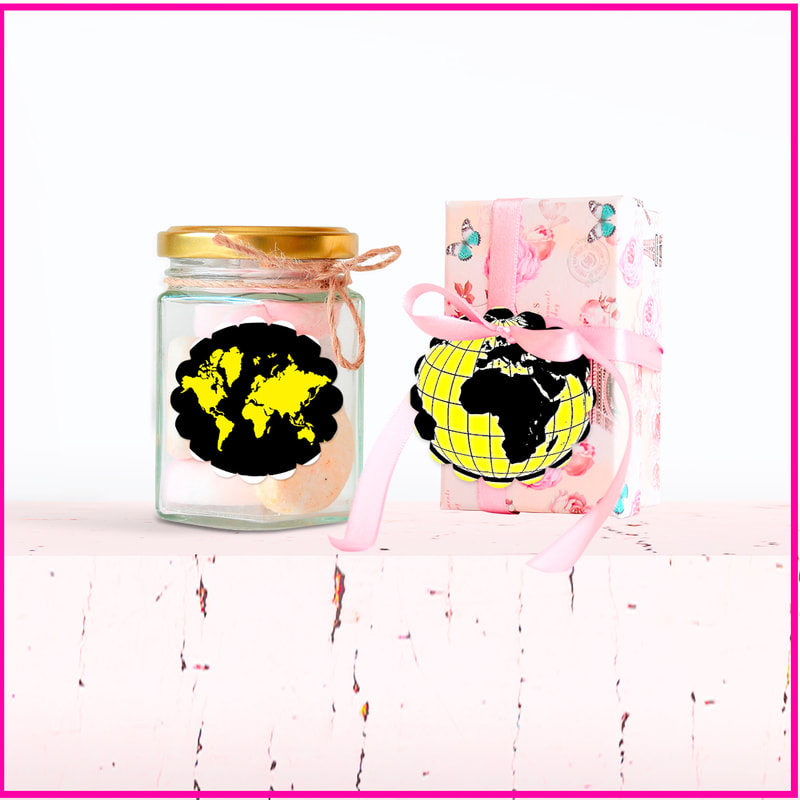
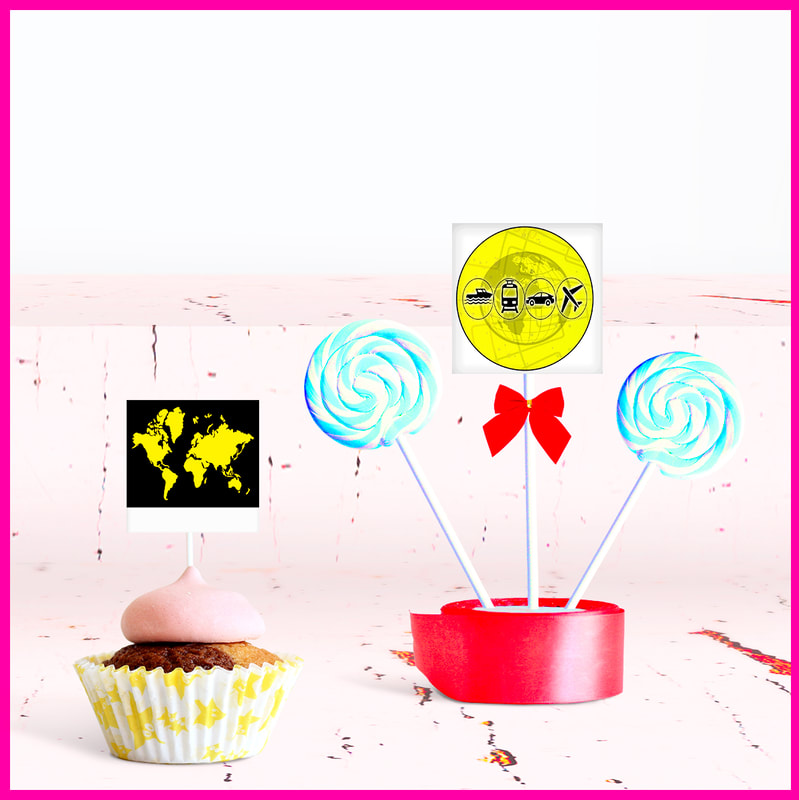
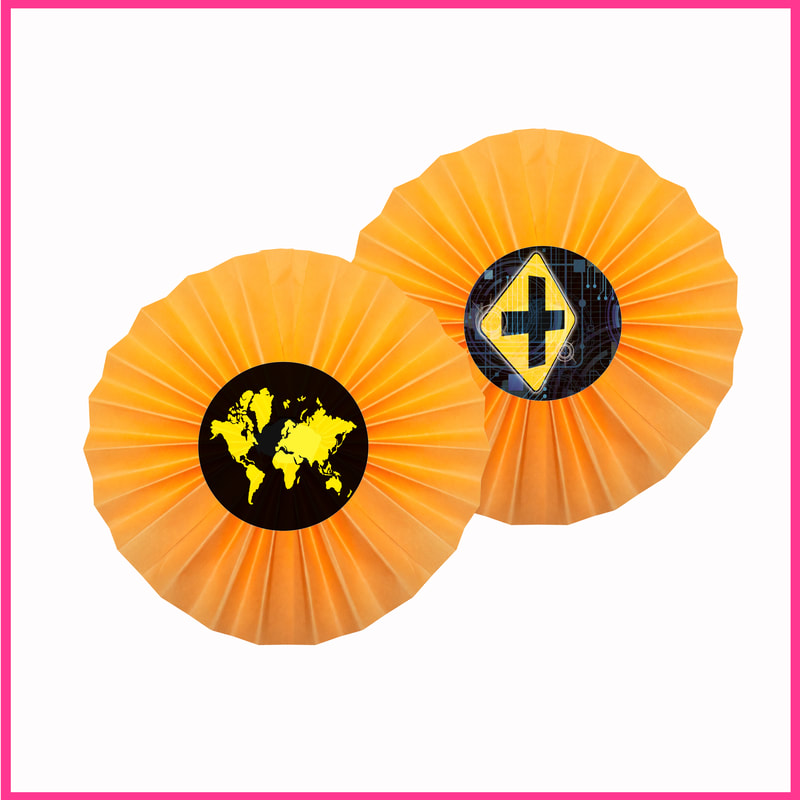
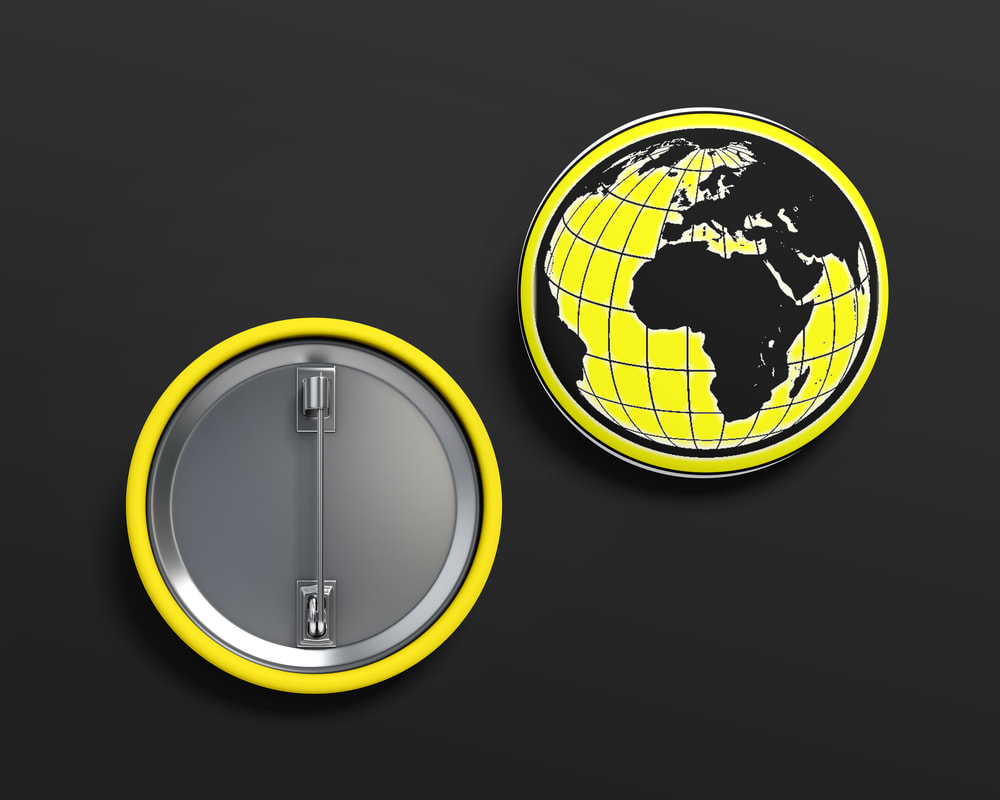
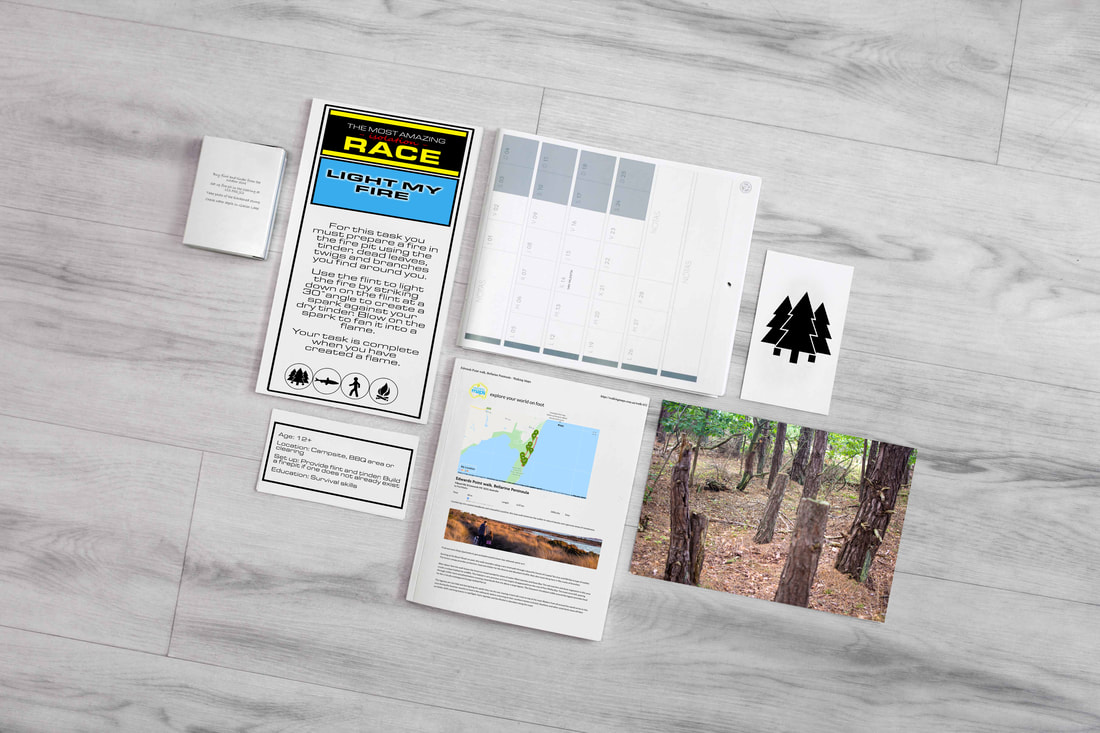
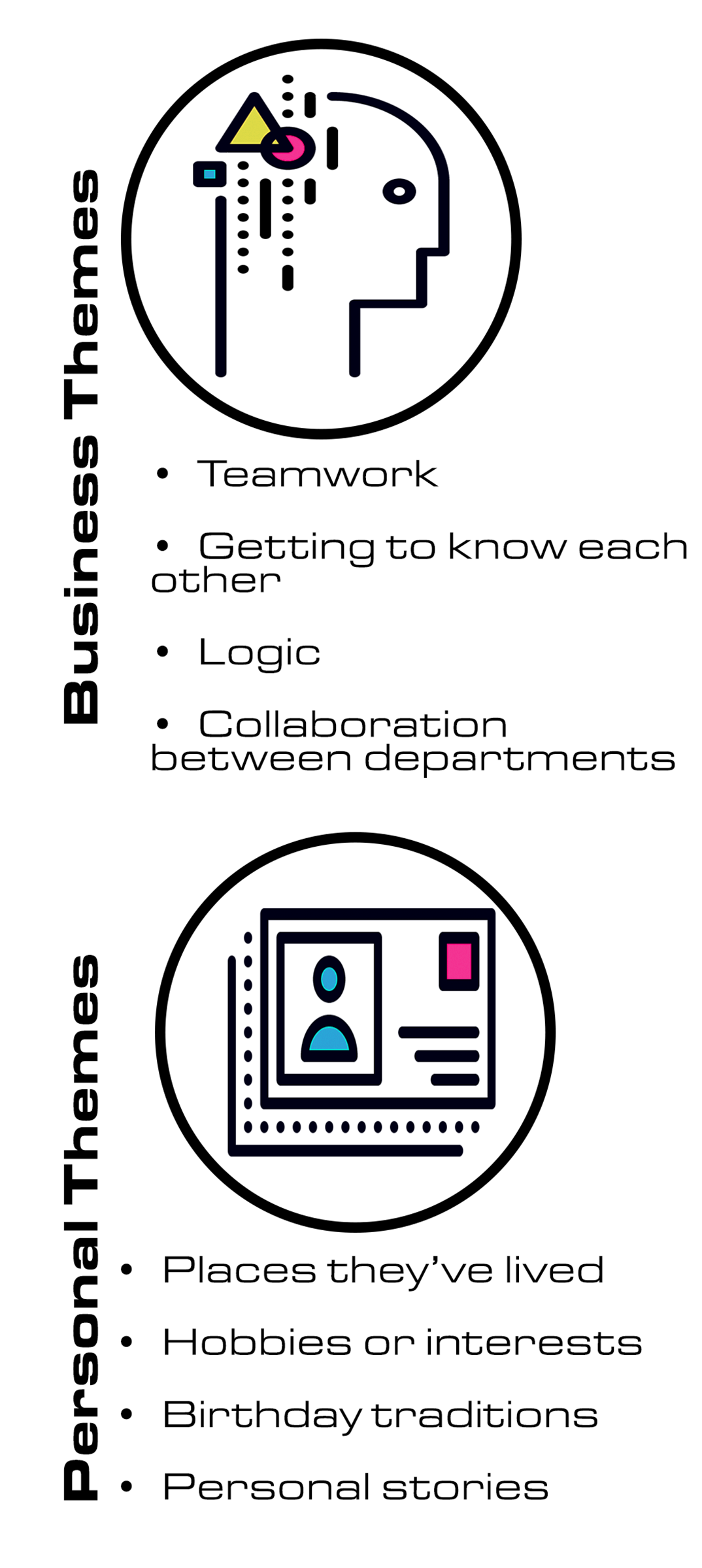
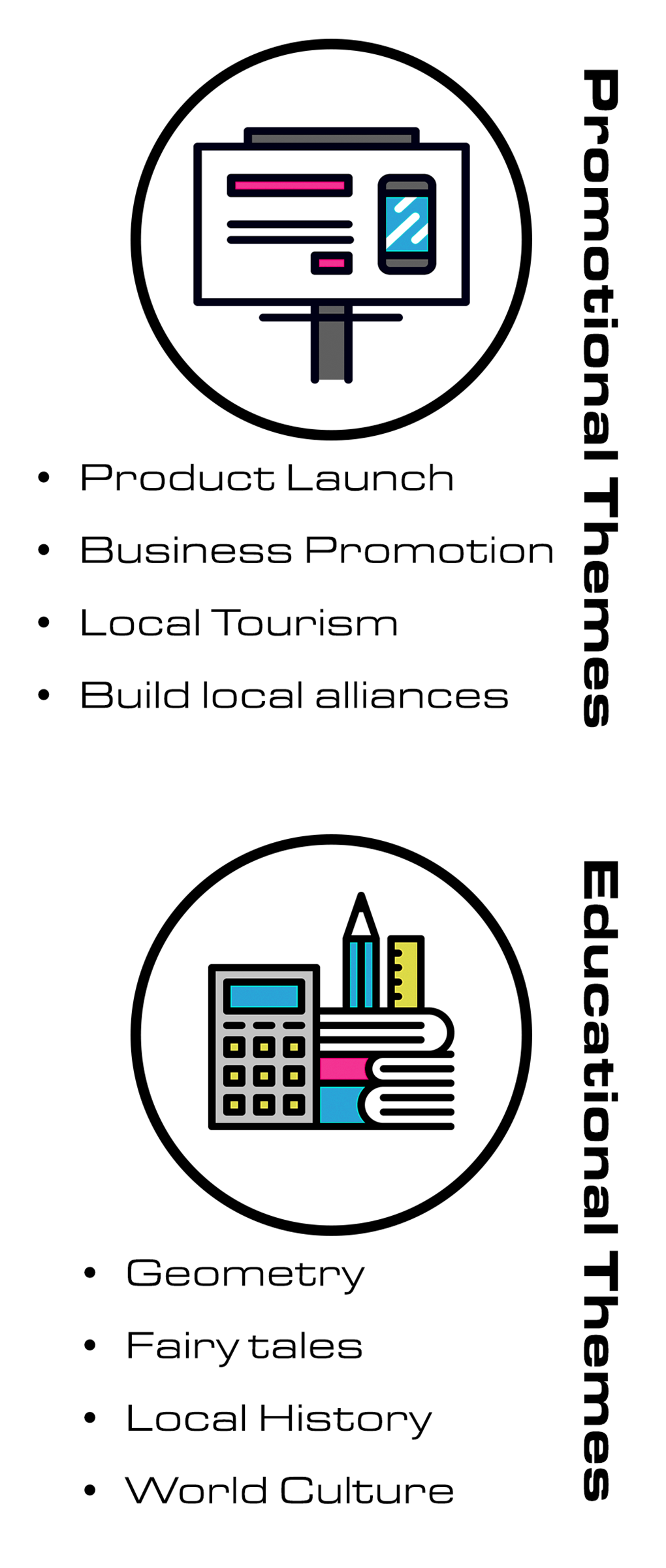




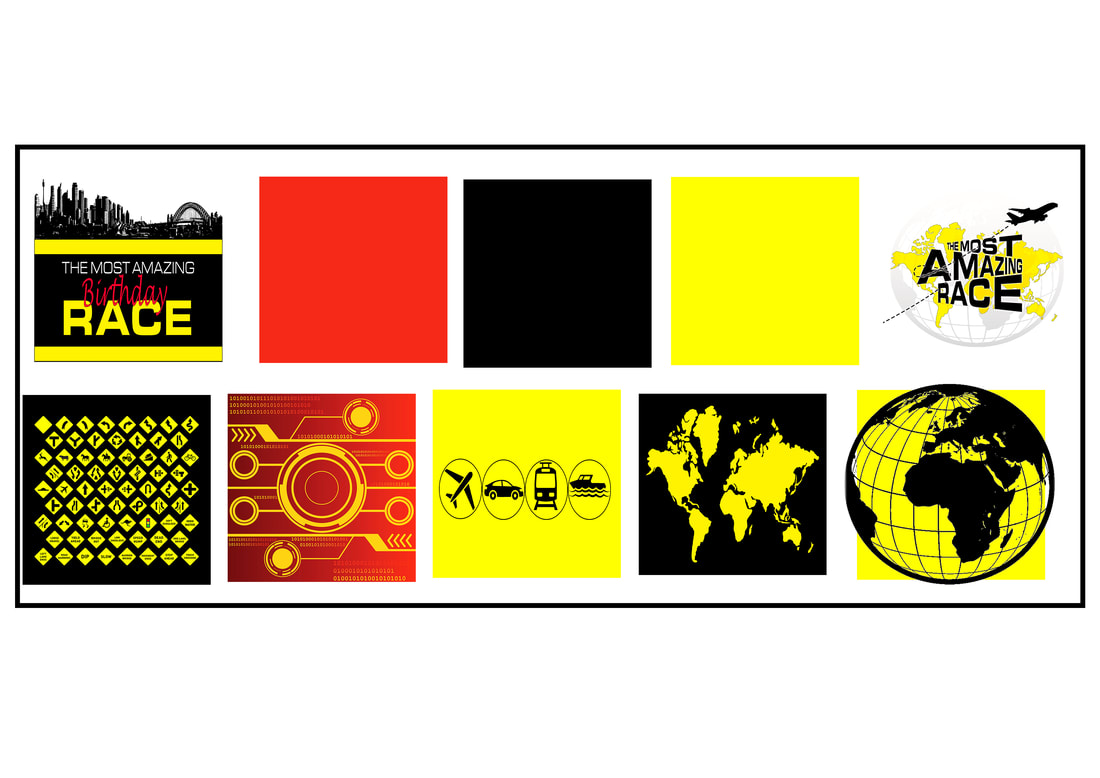
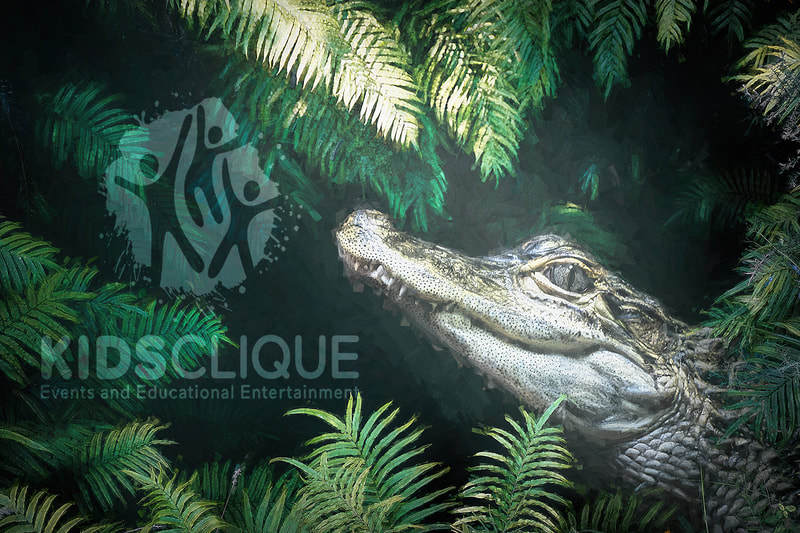
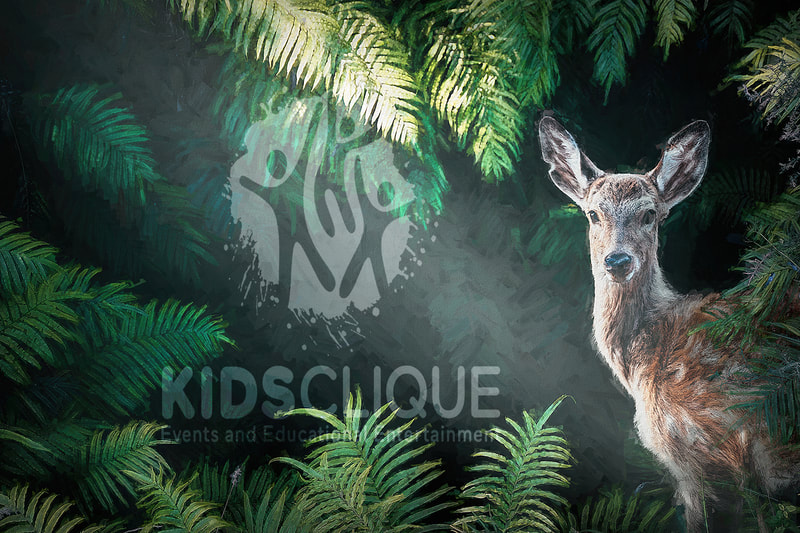

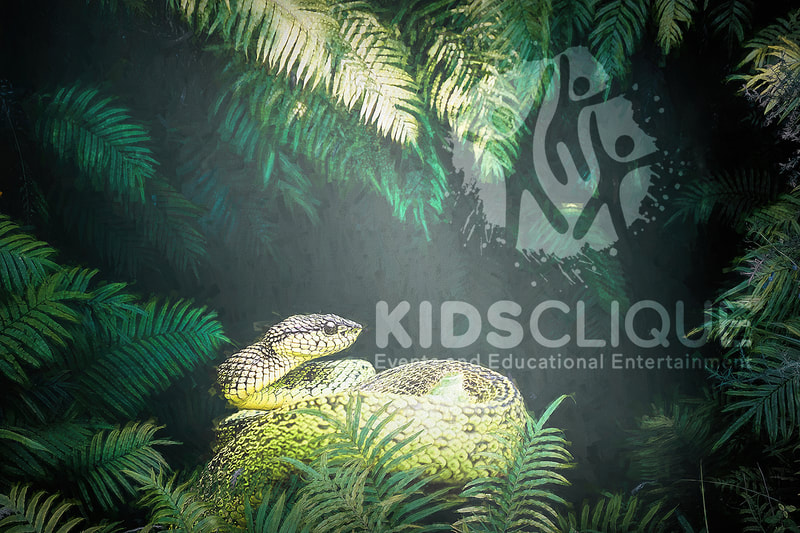
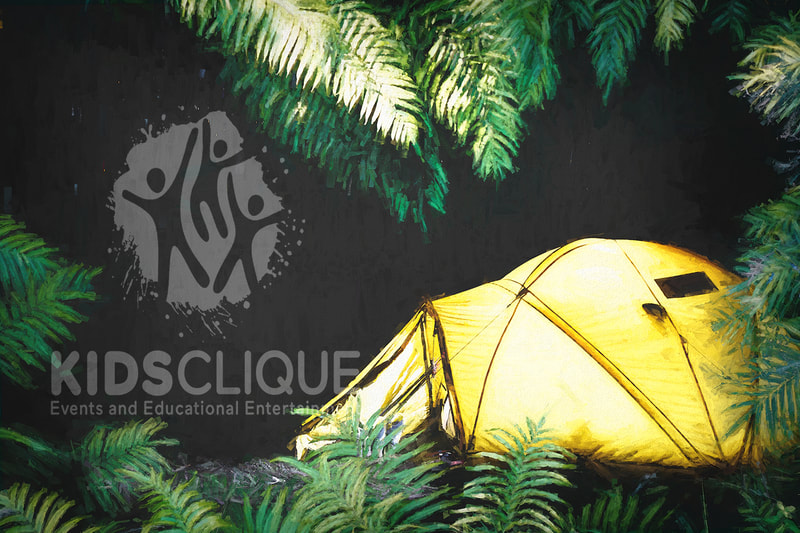
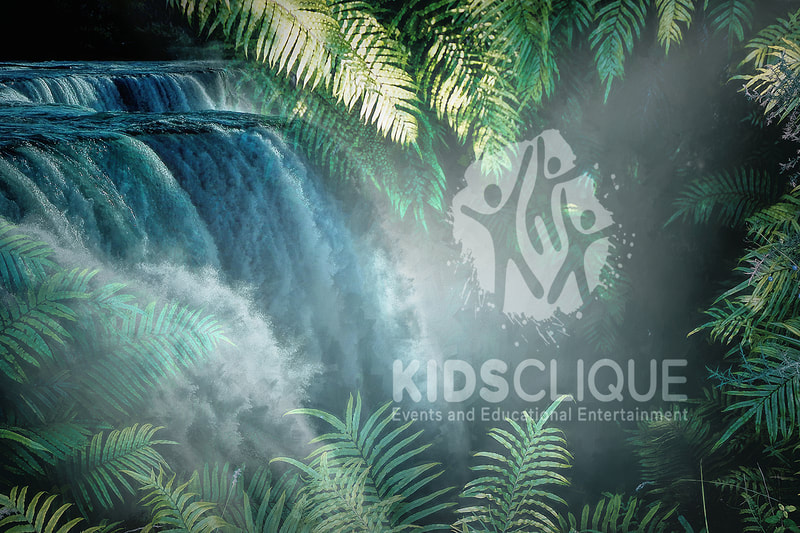
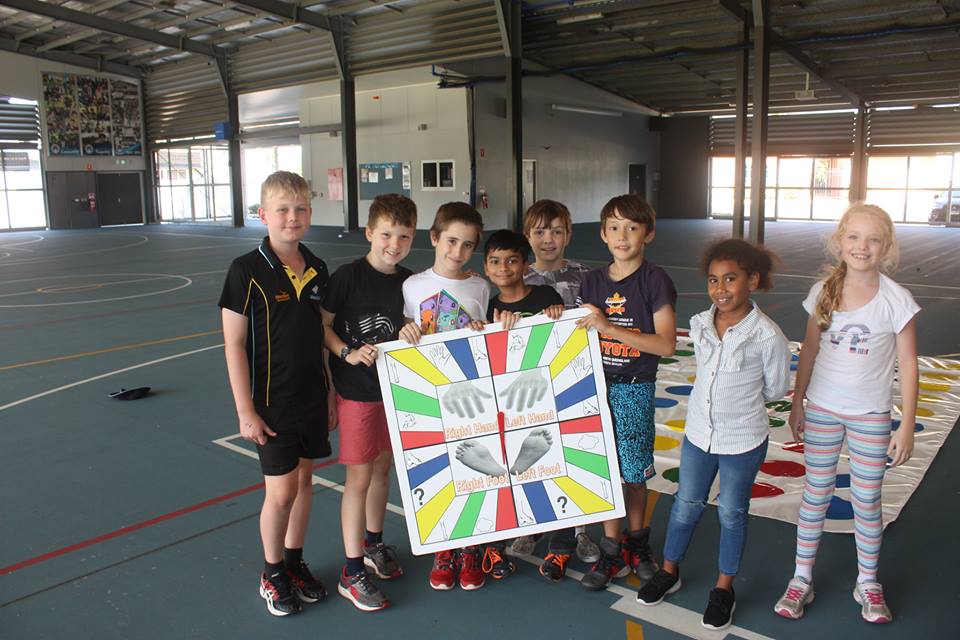
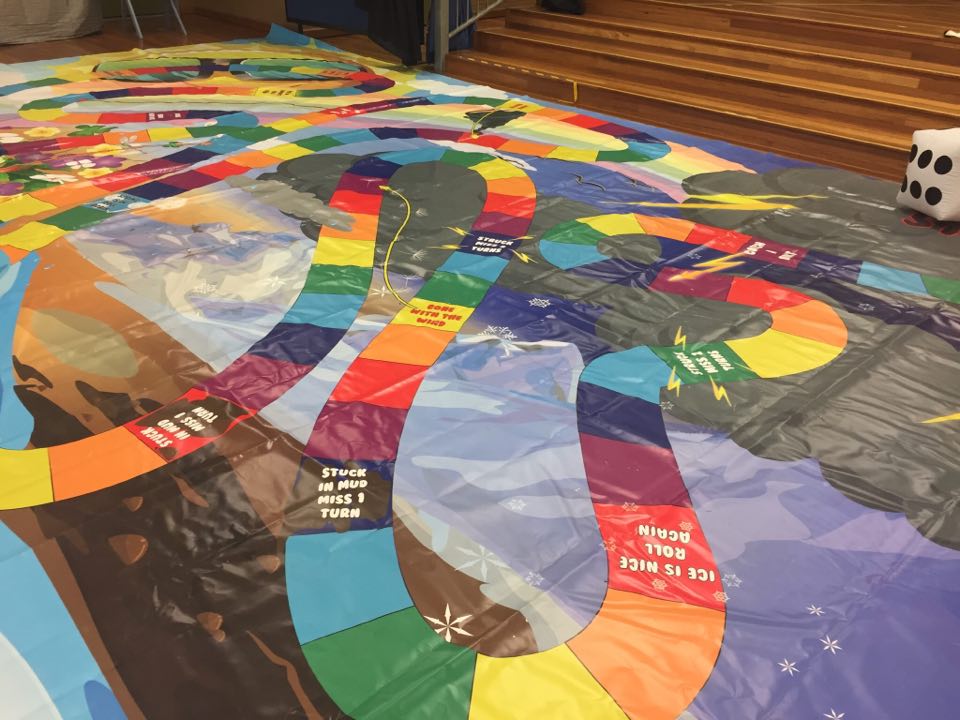

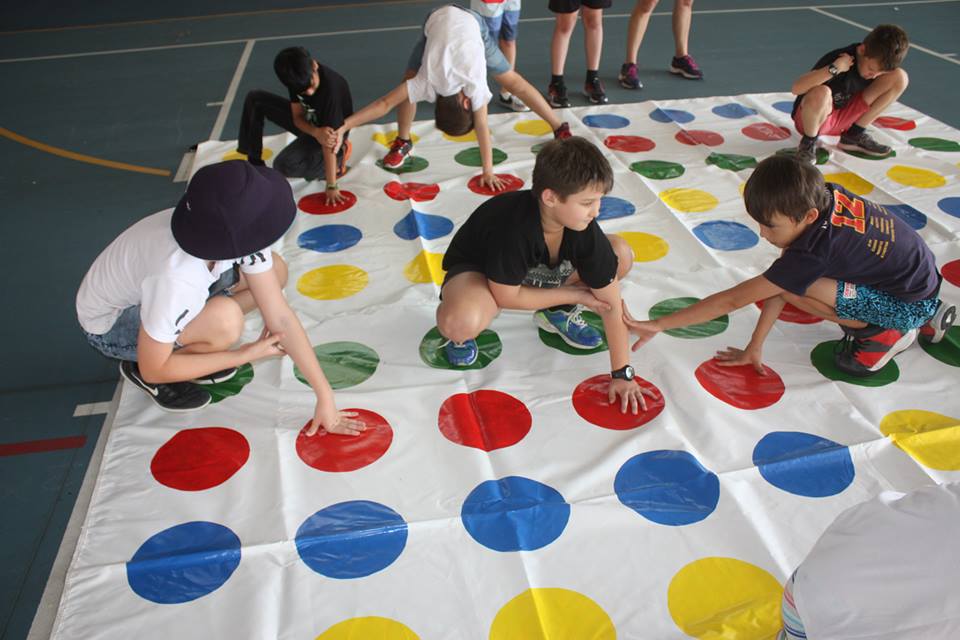
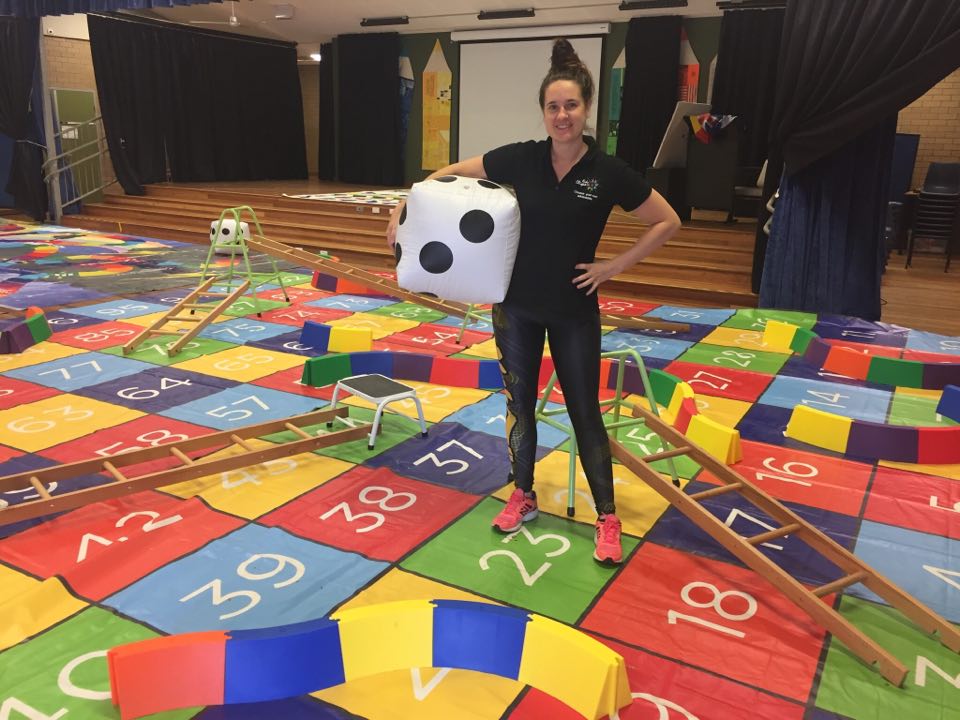
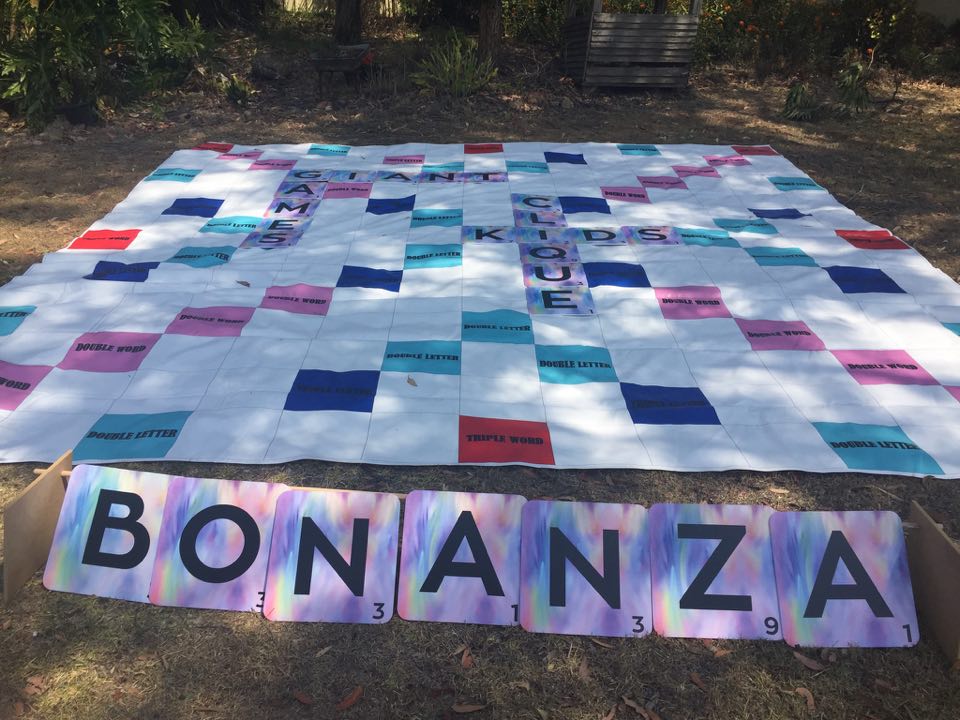

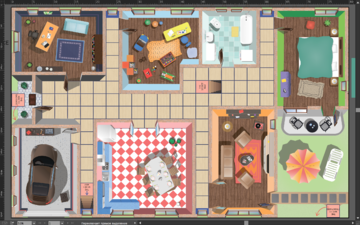
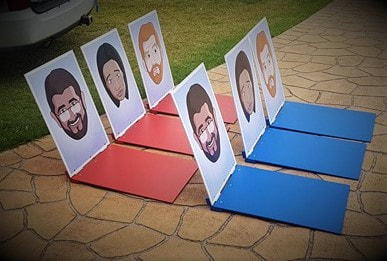
 RSS Feed
RSS Feed